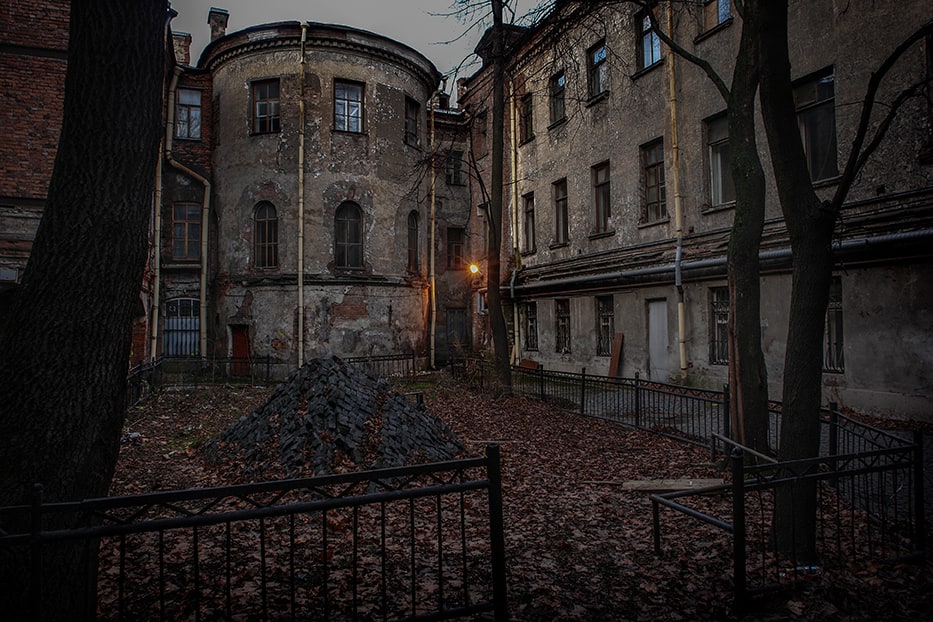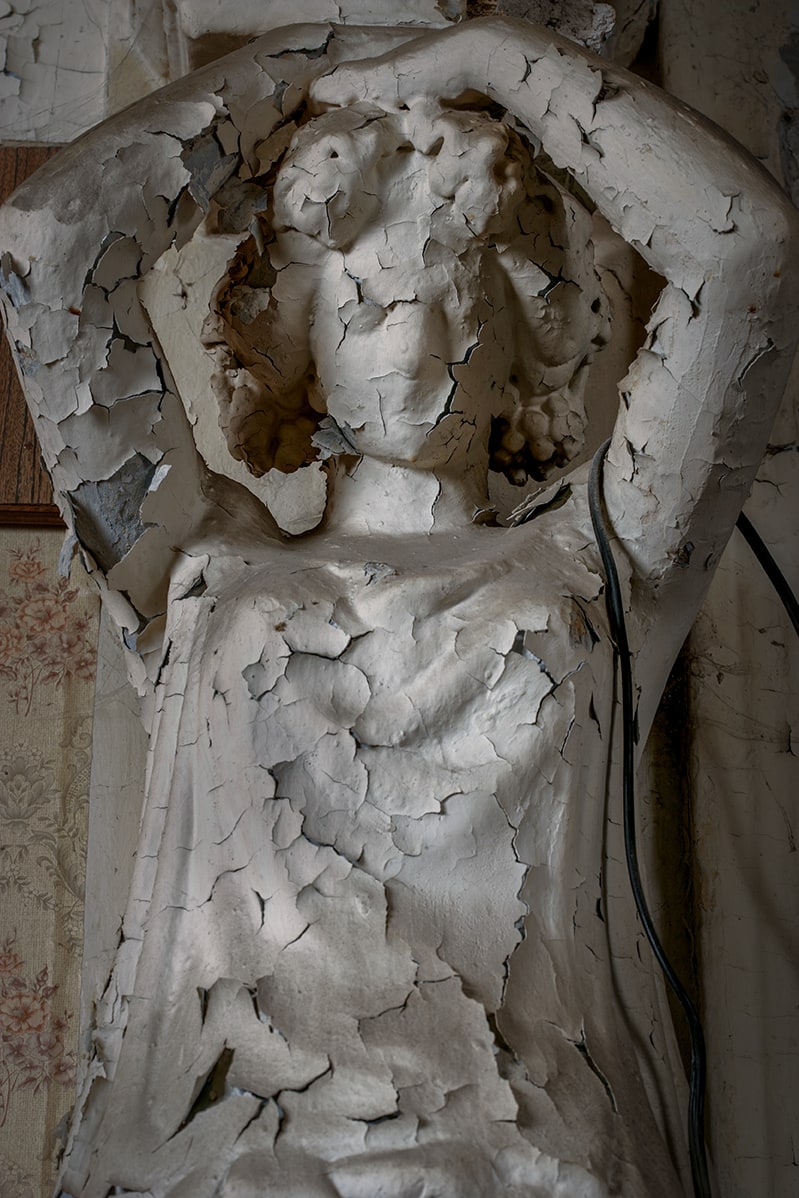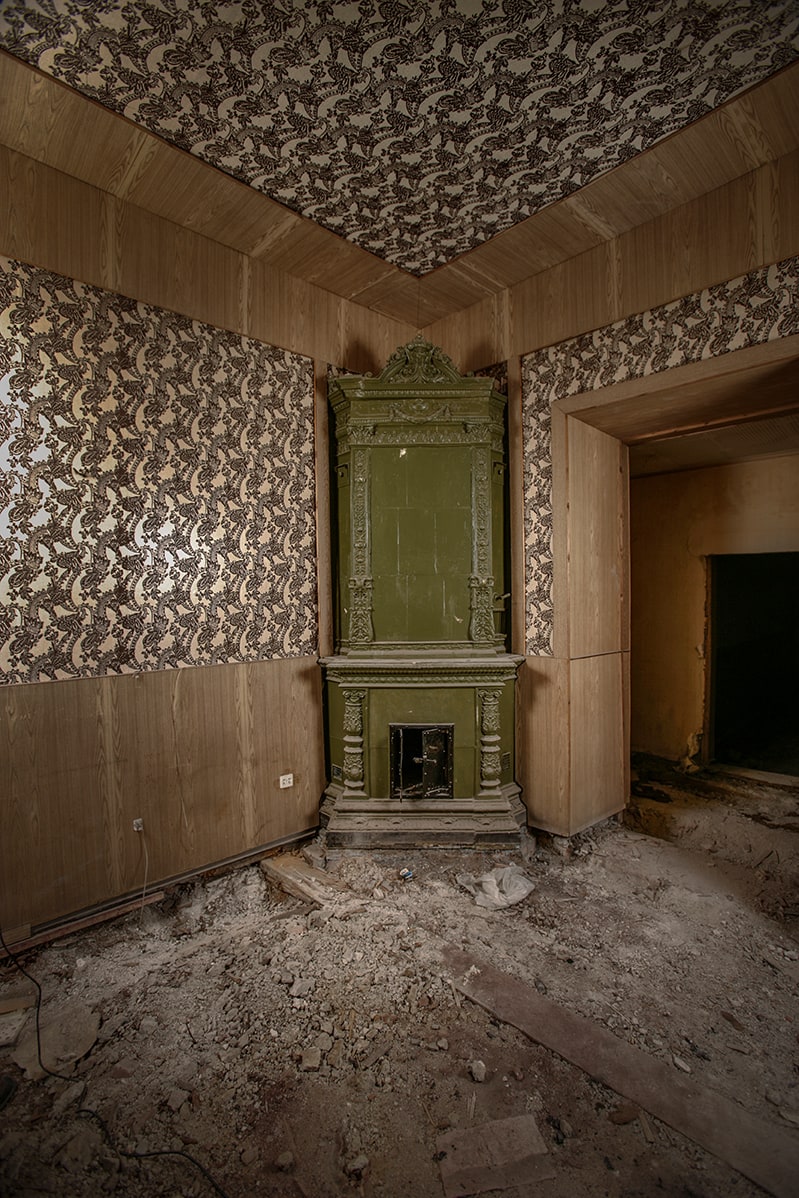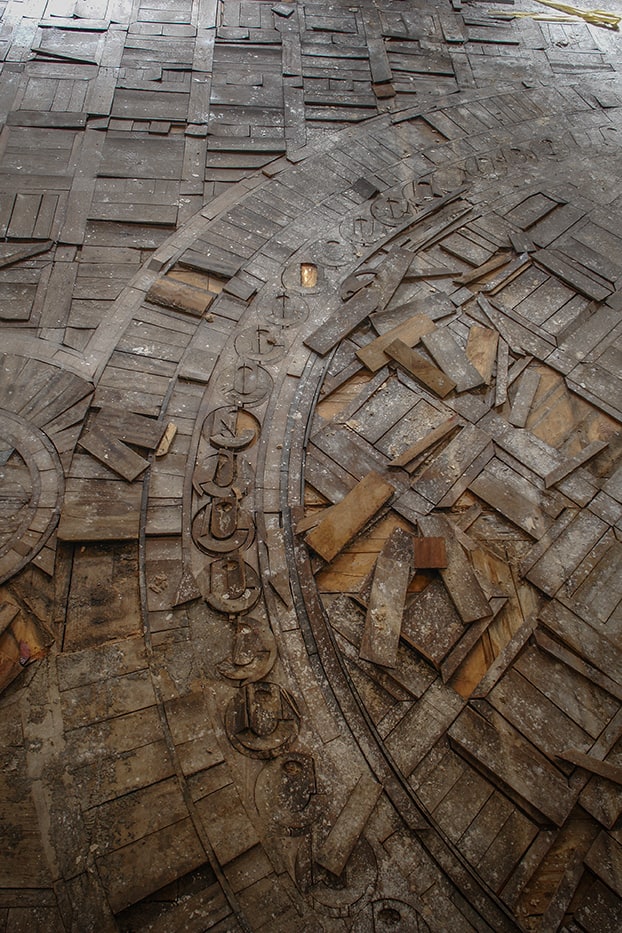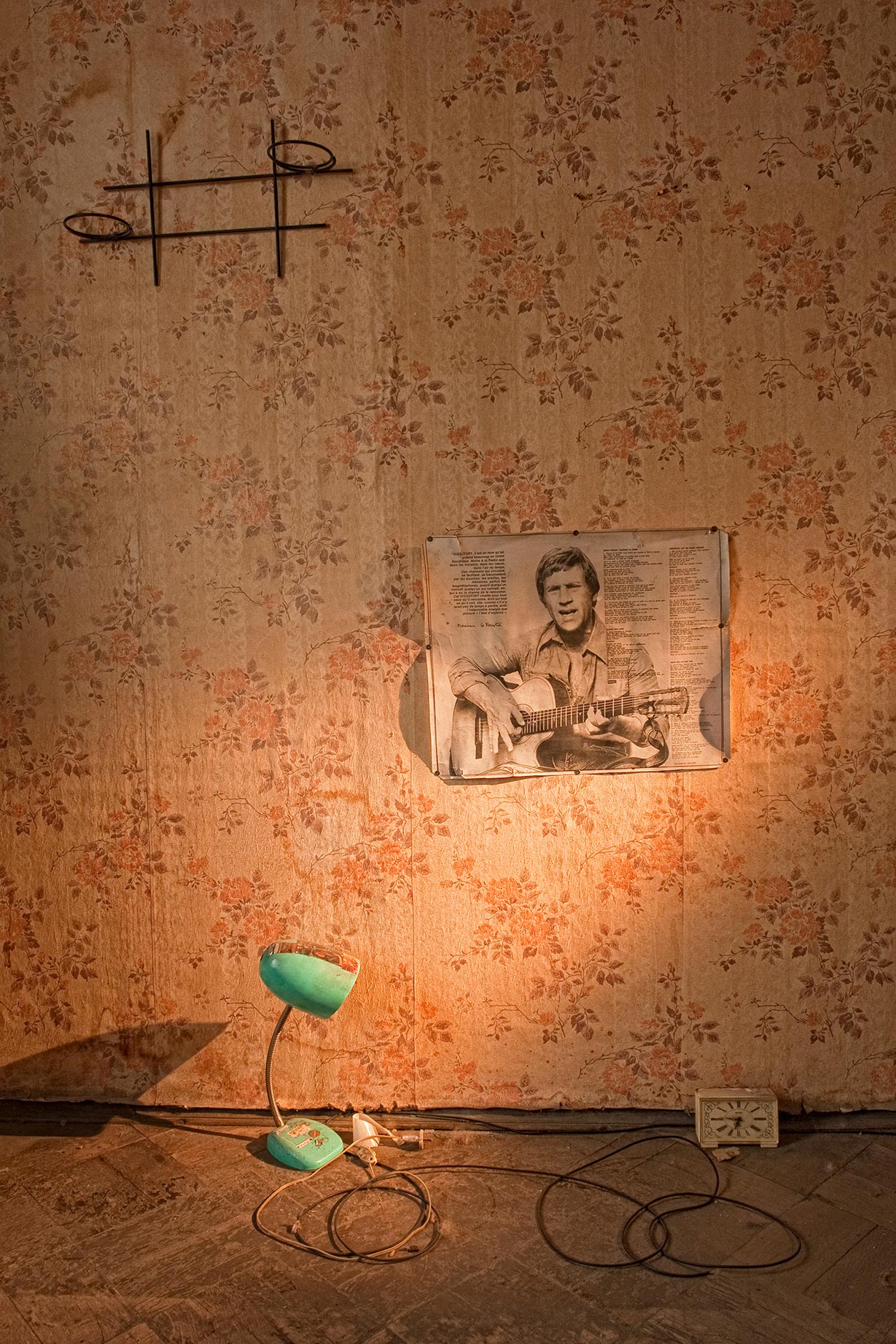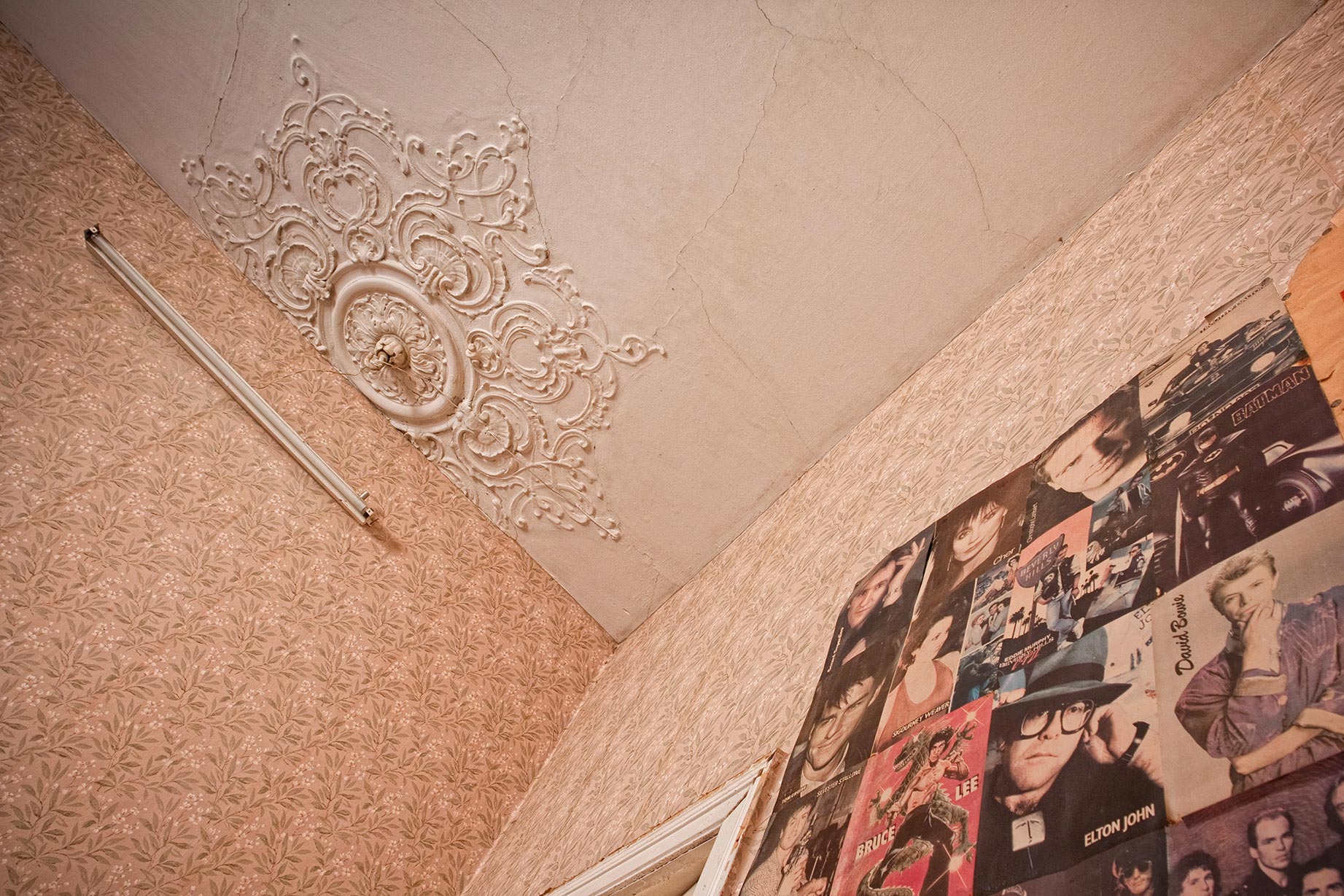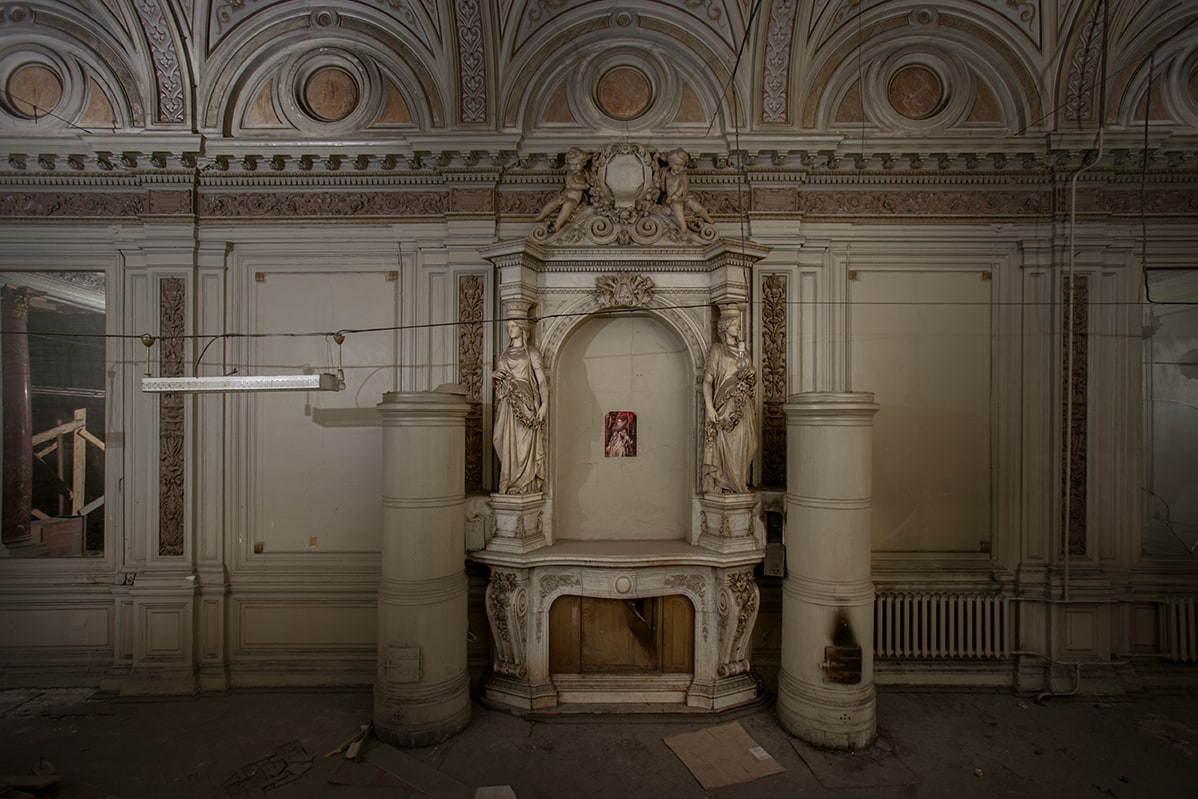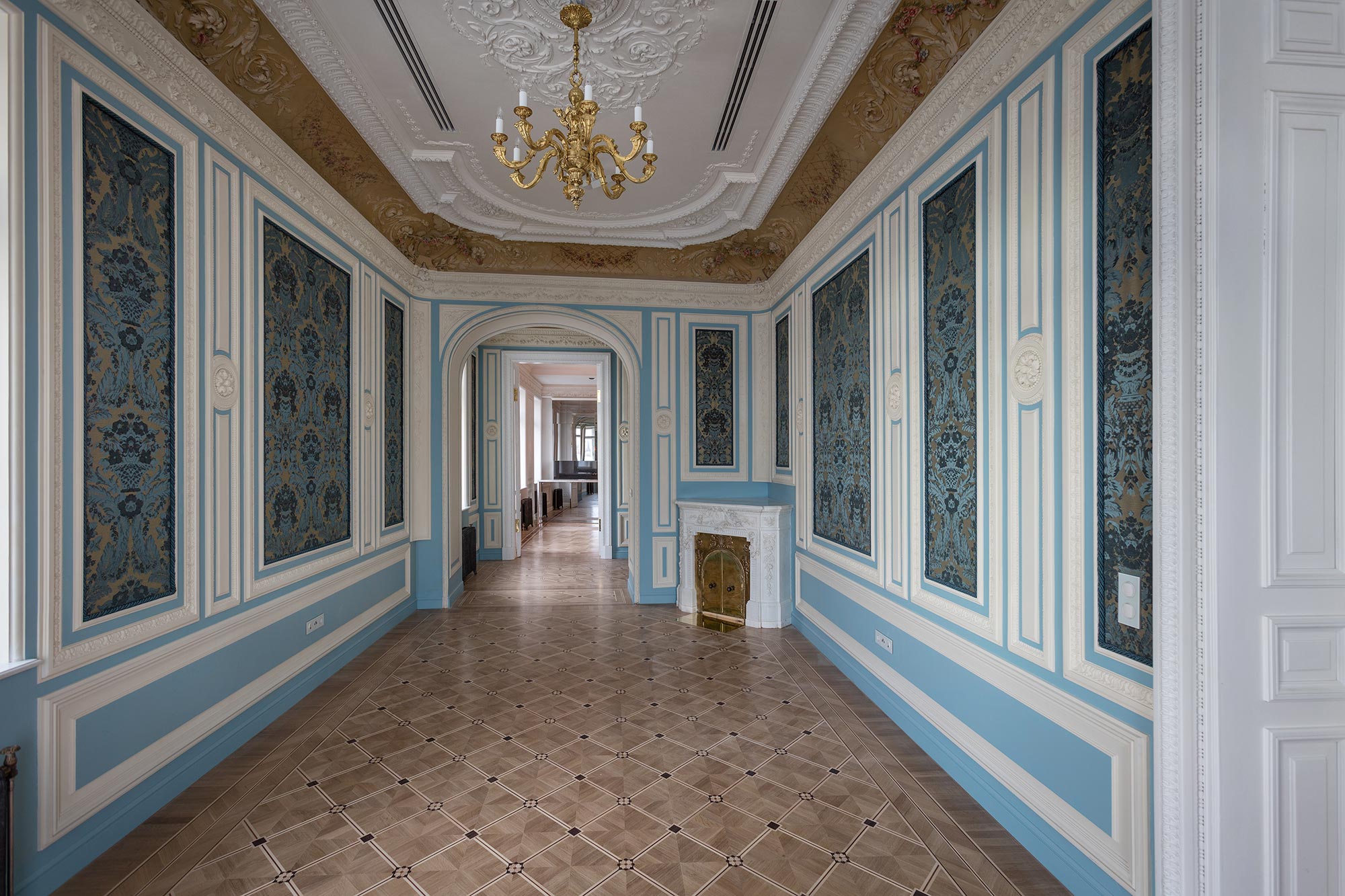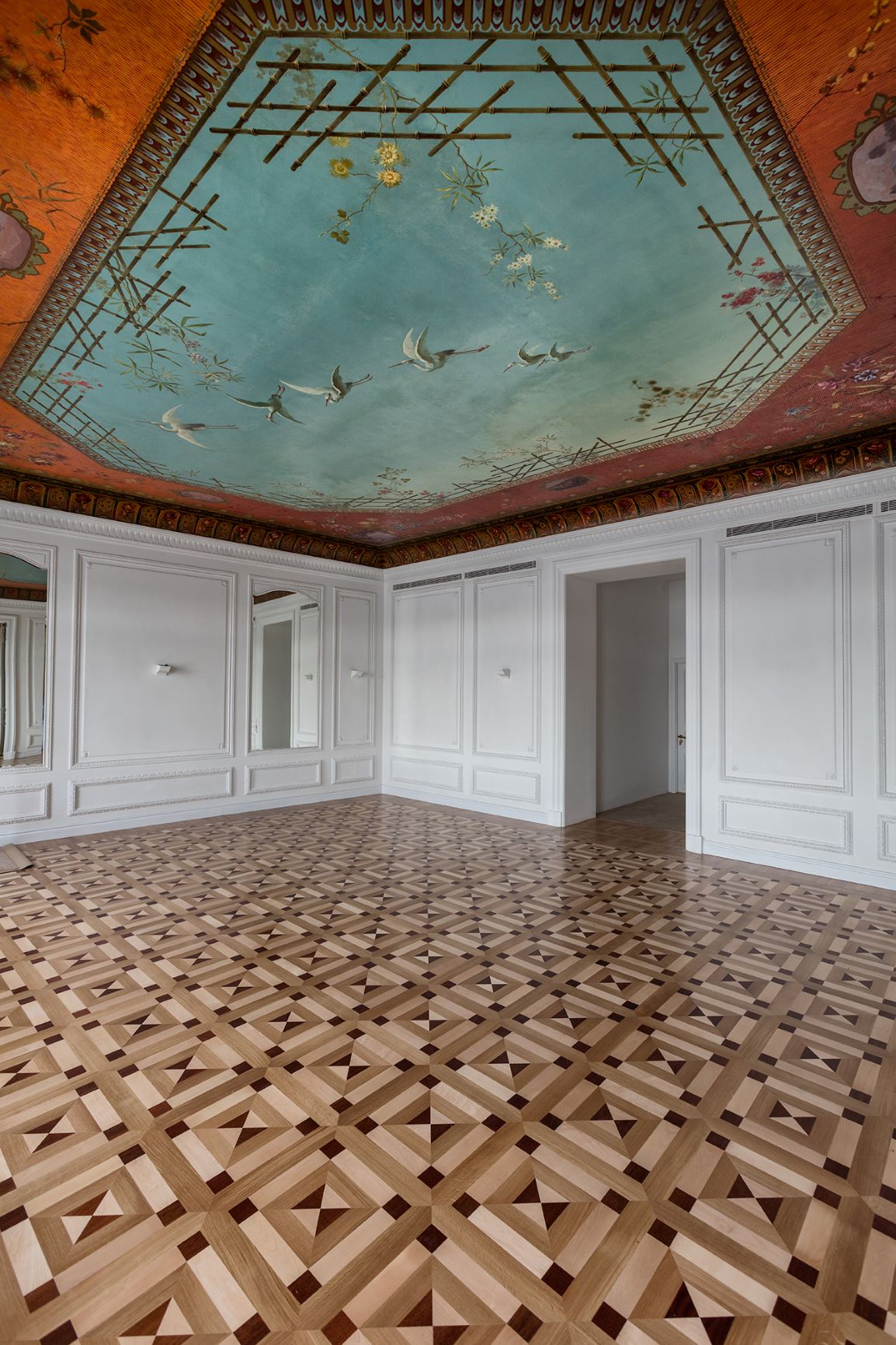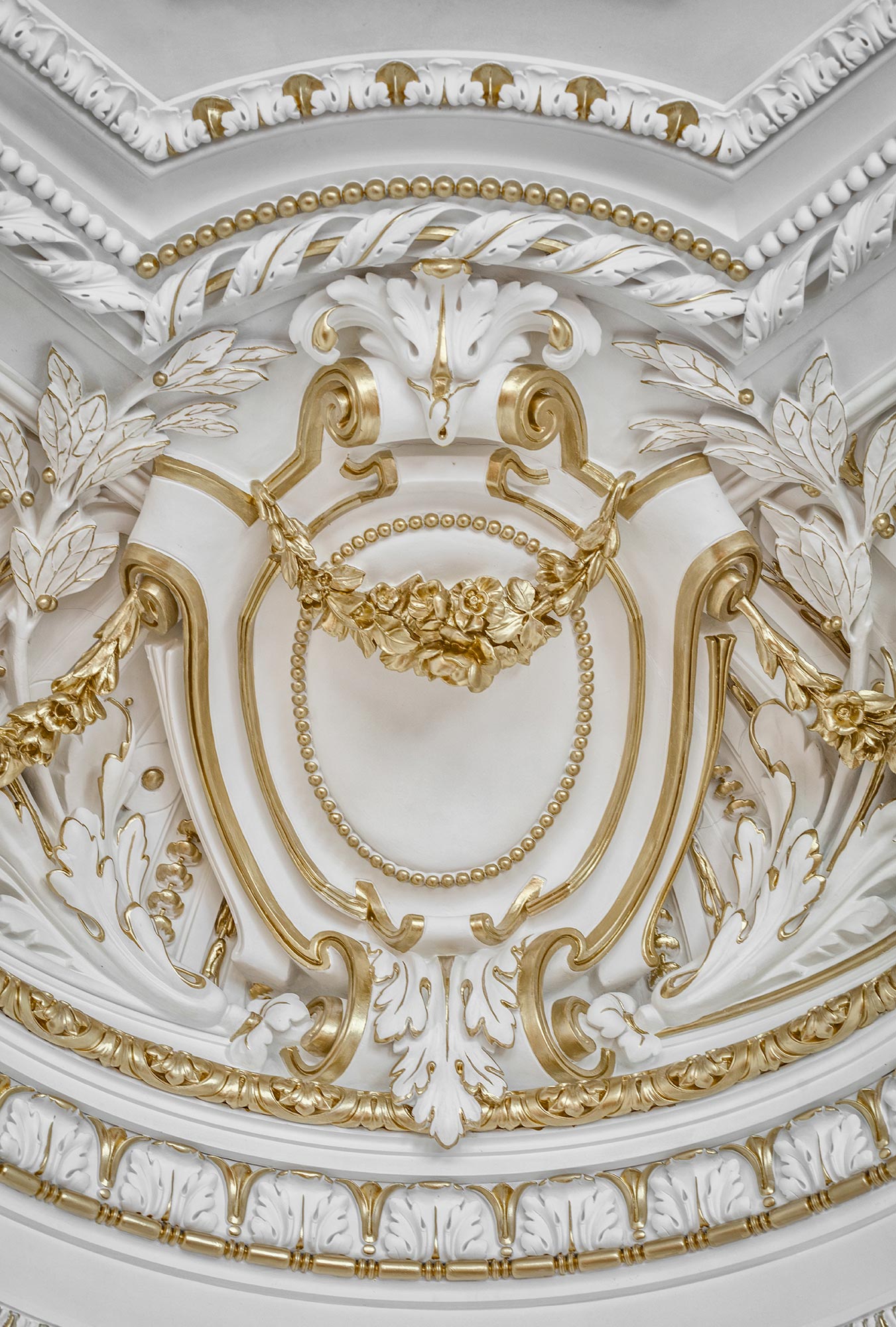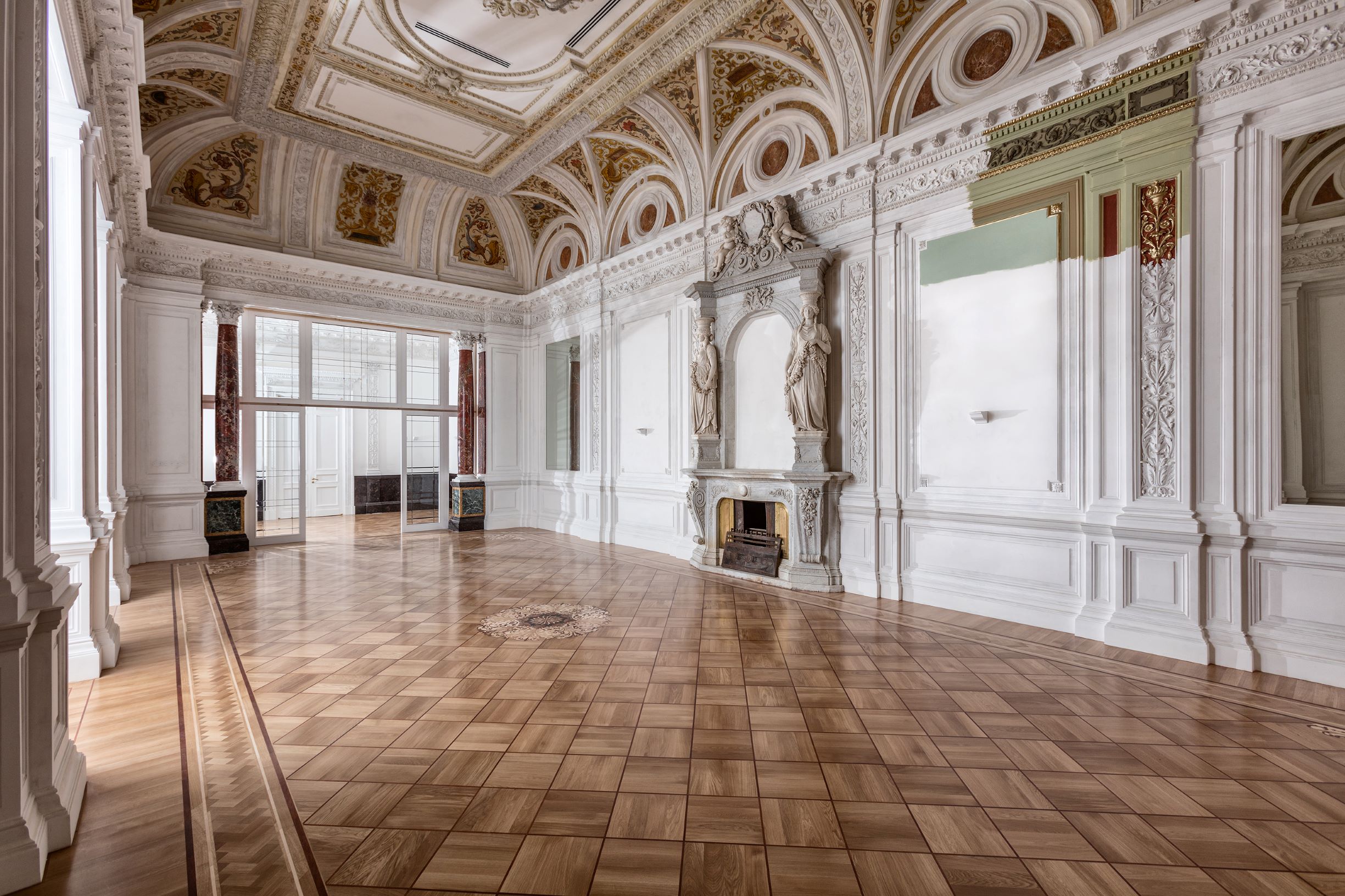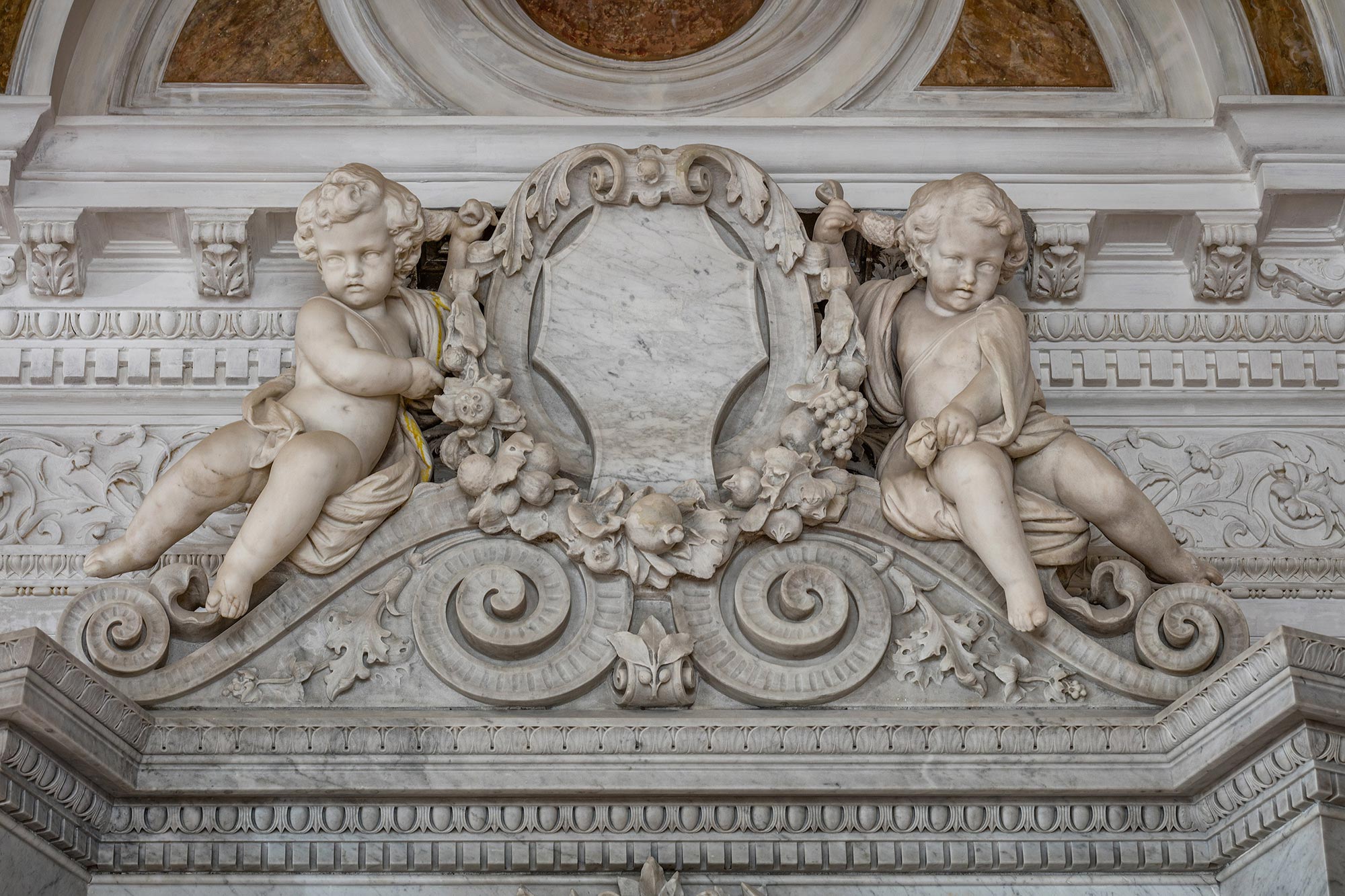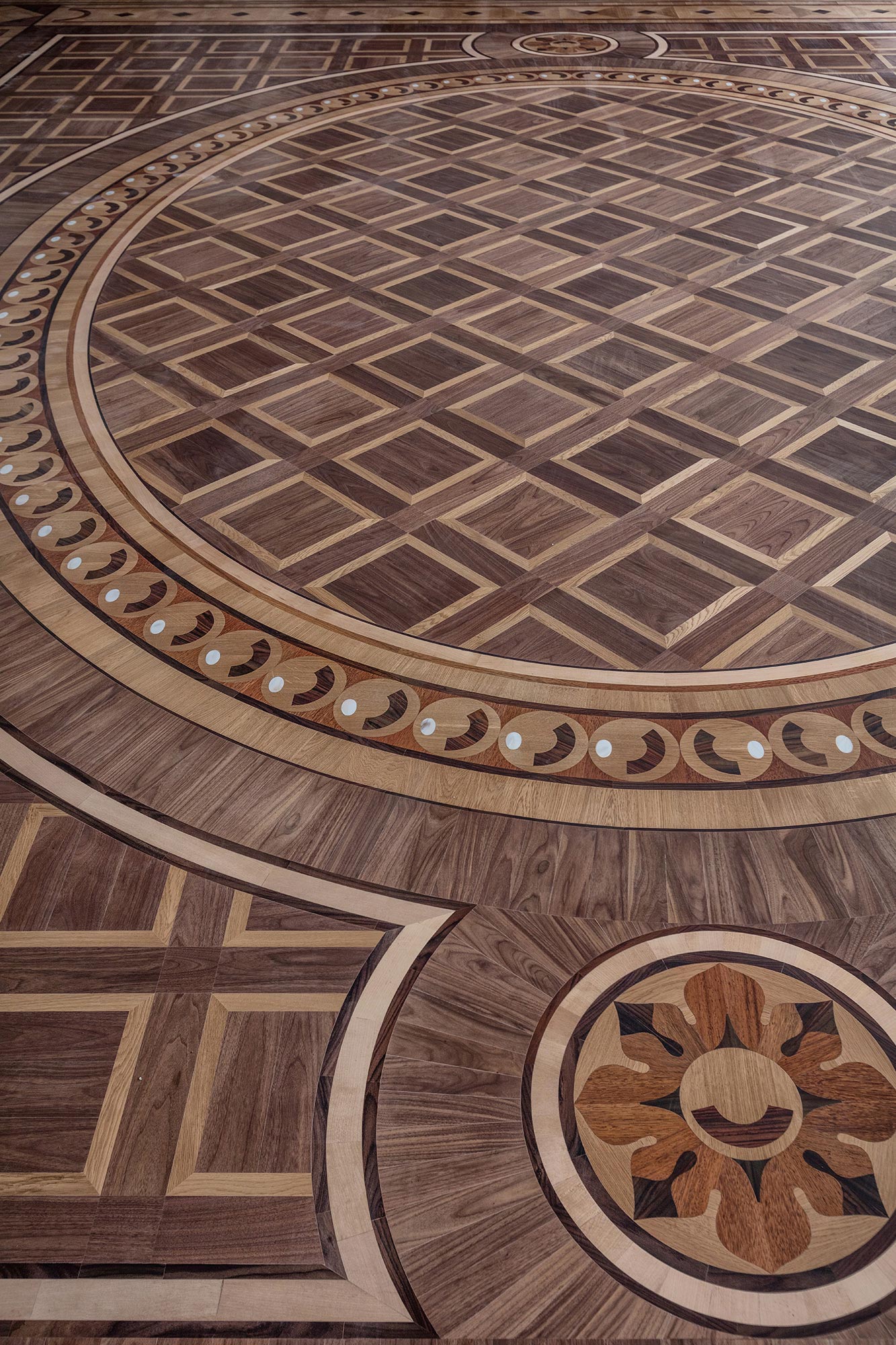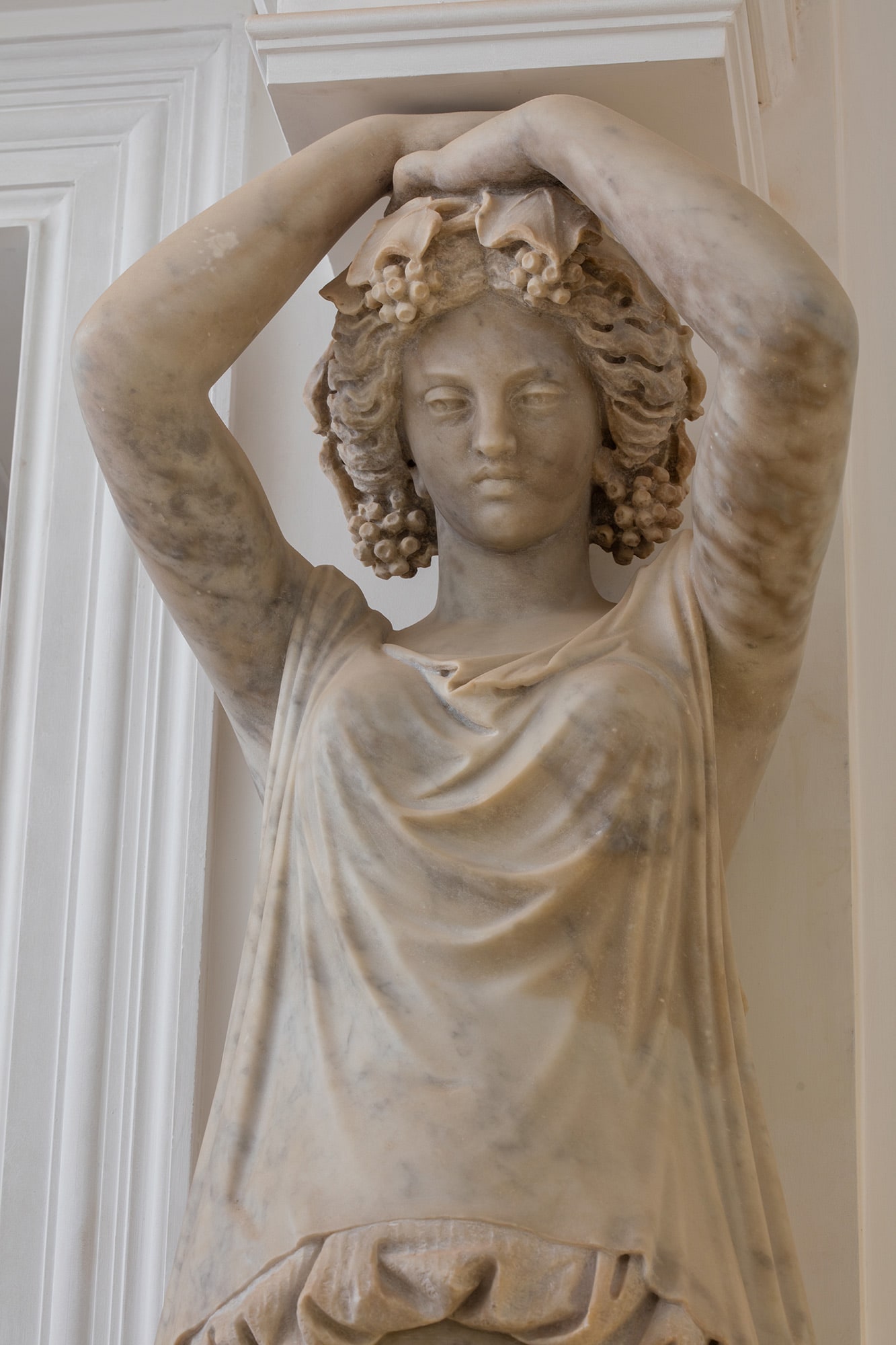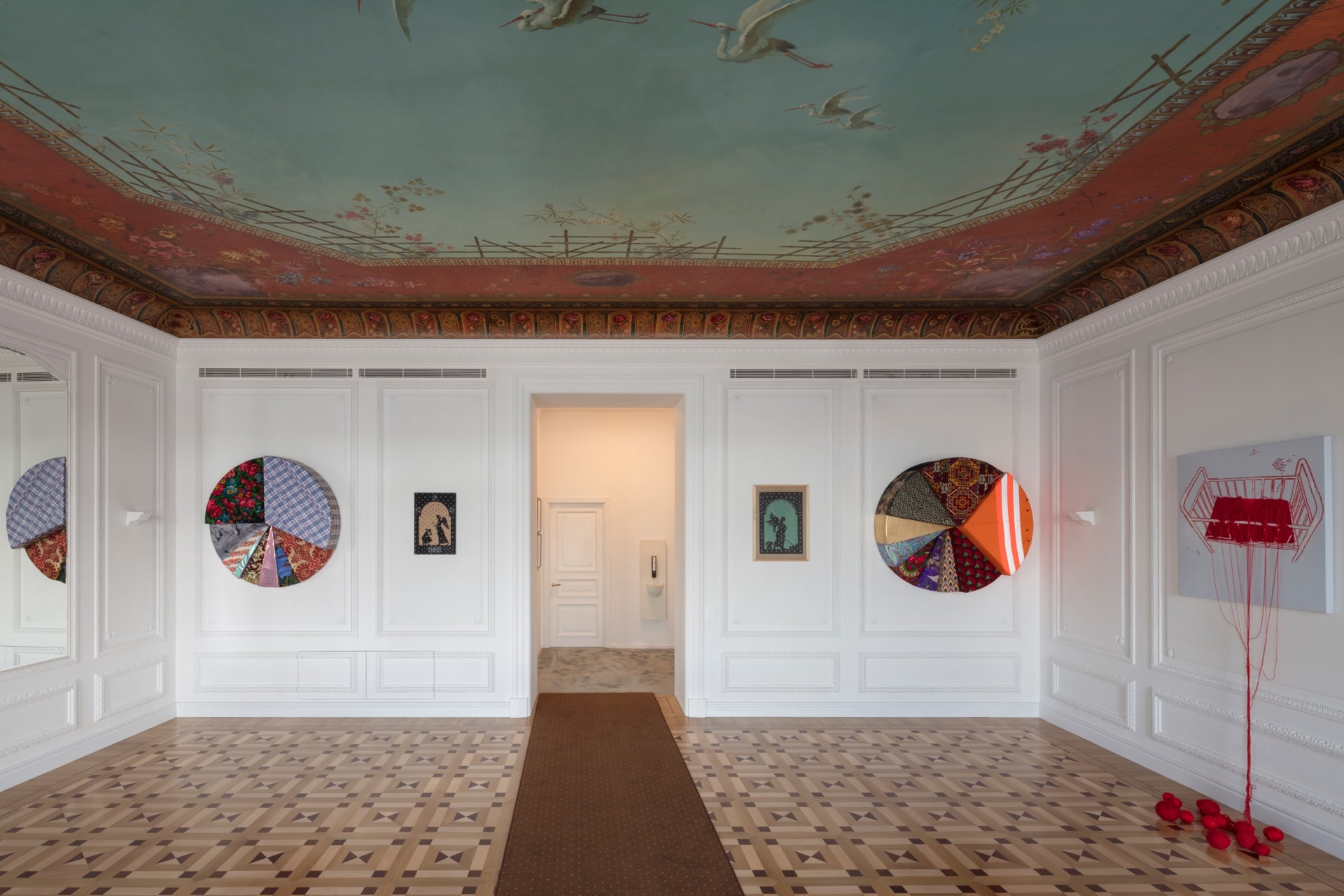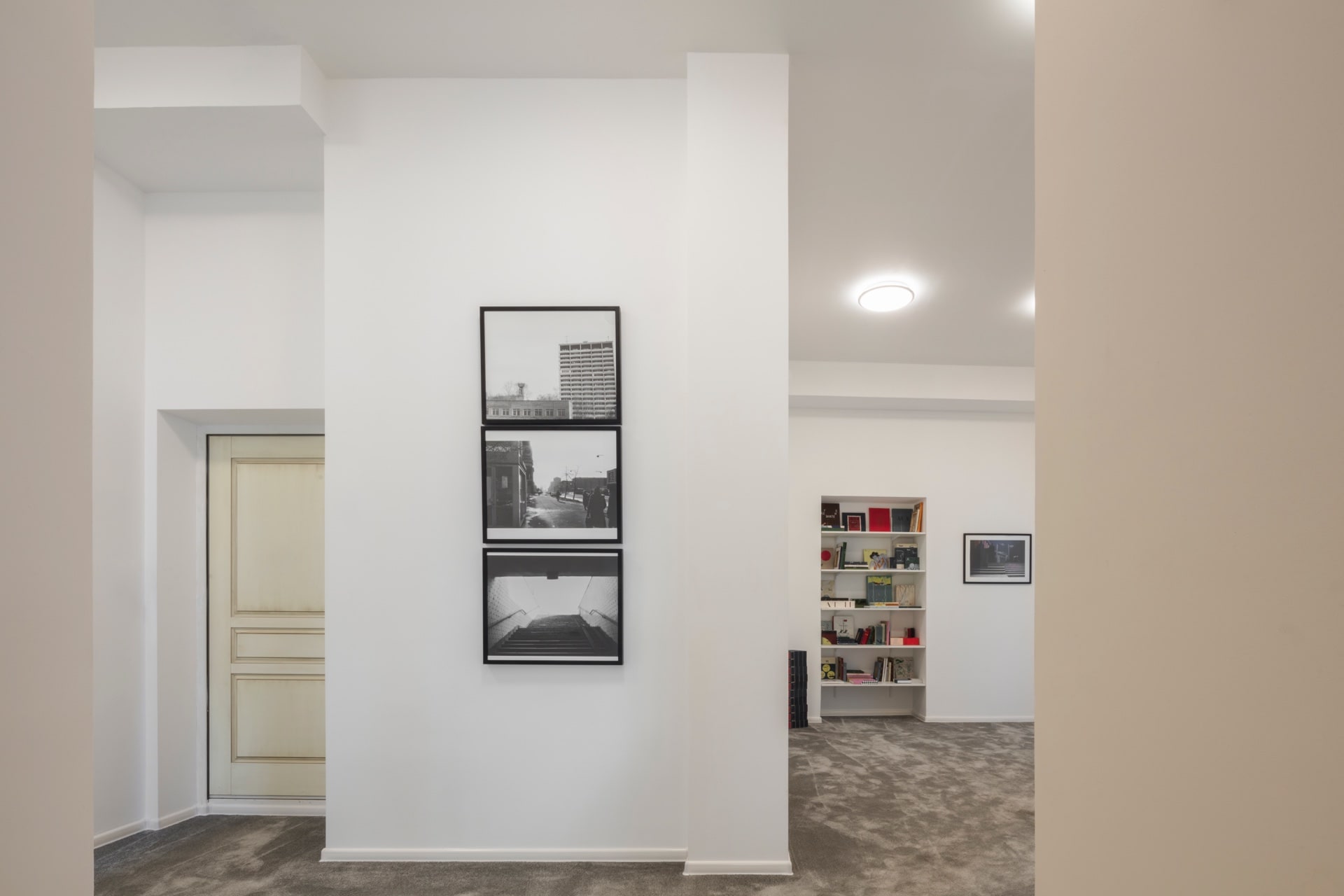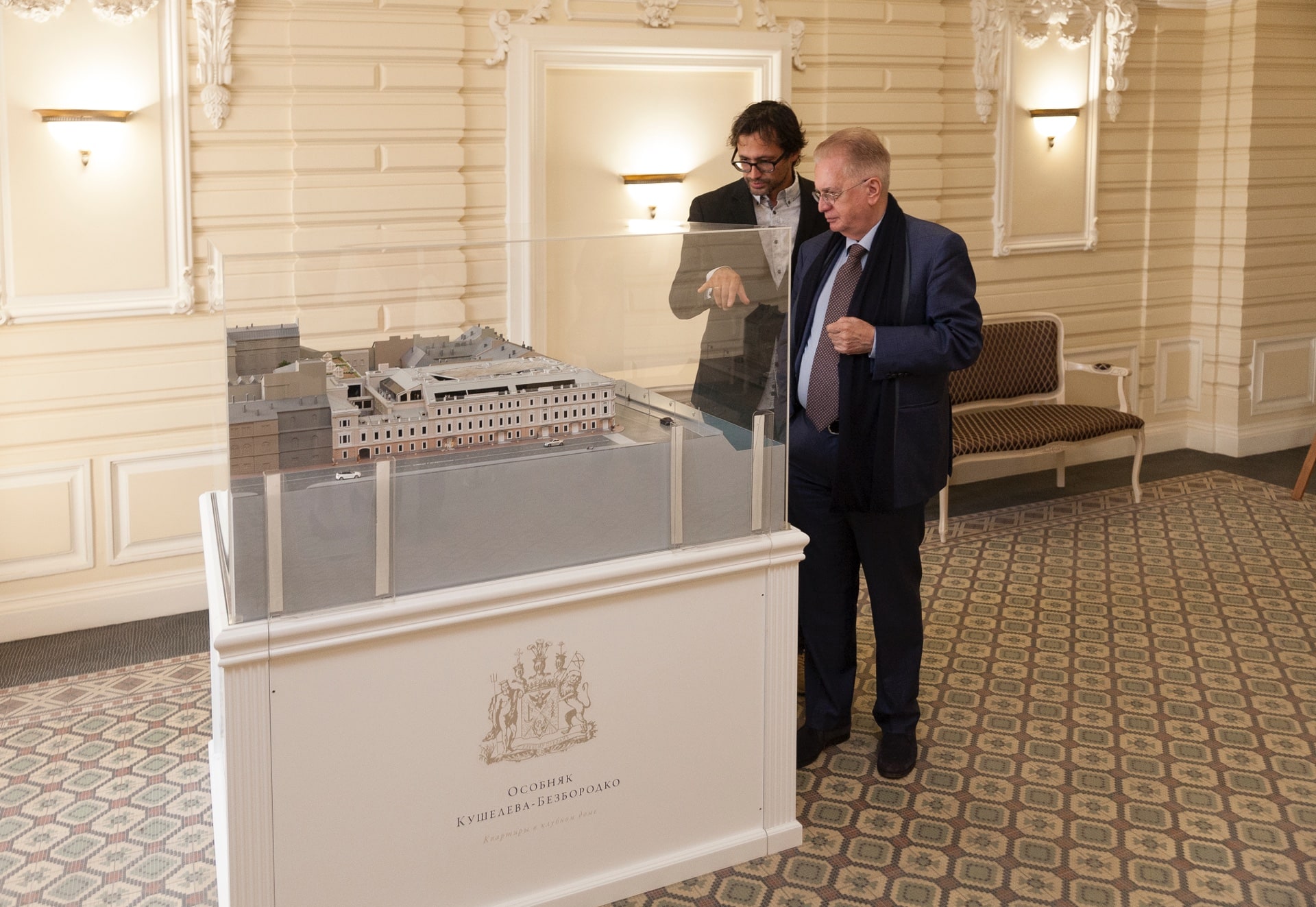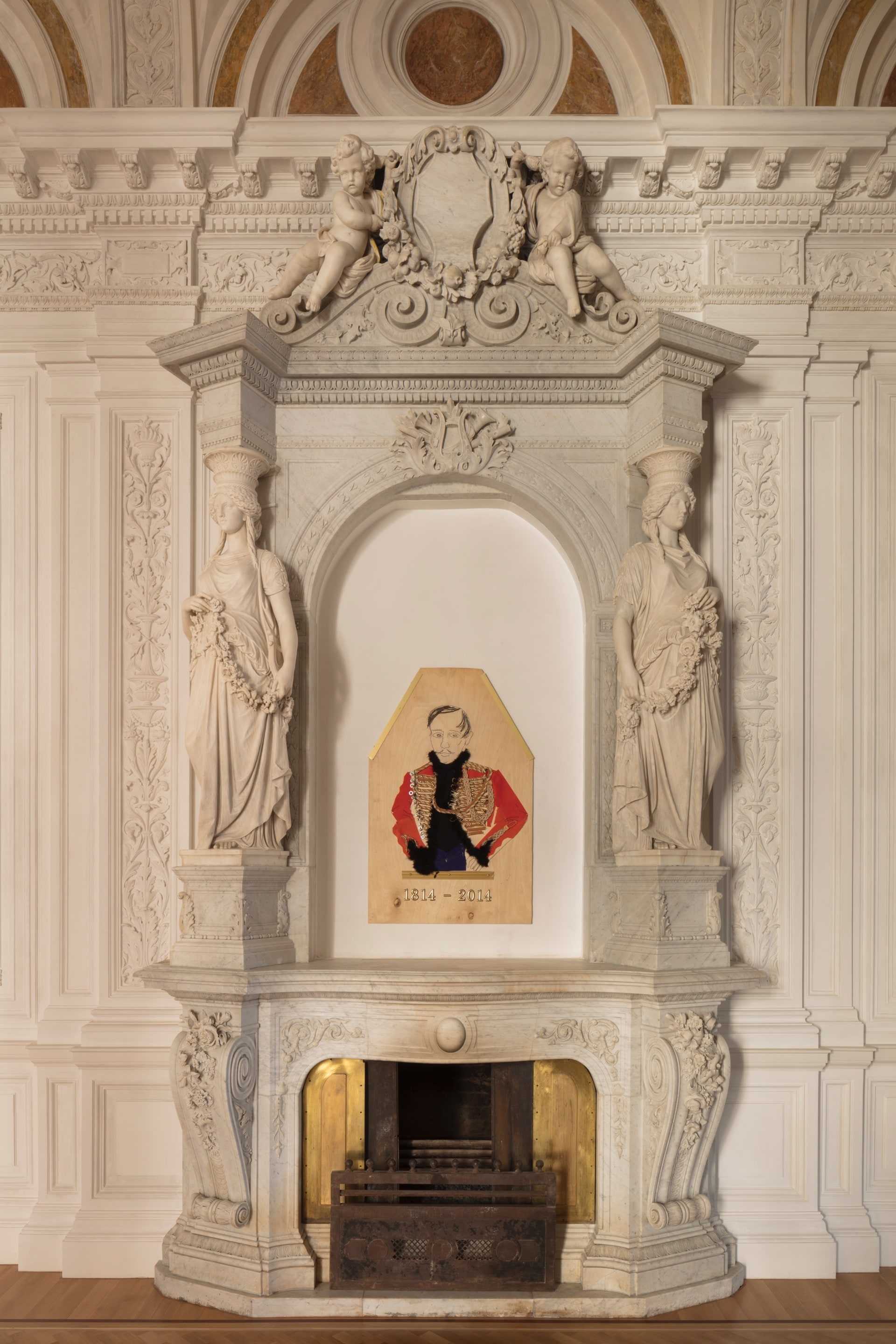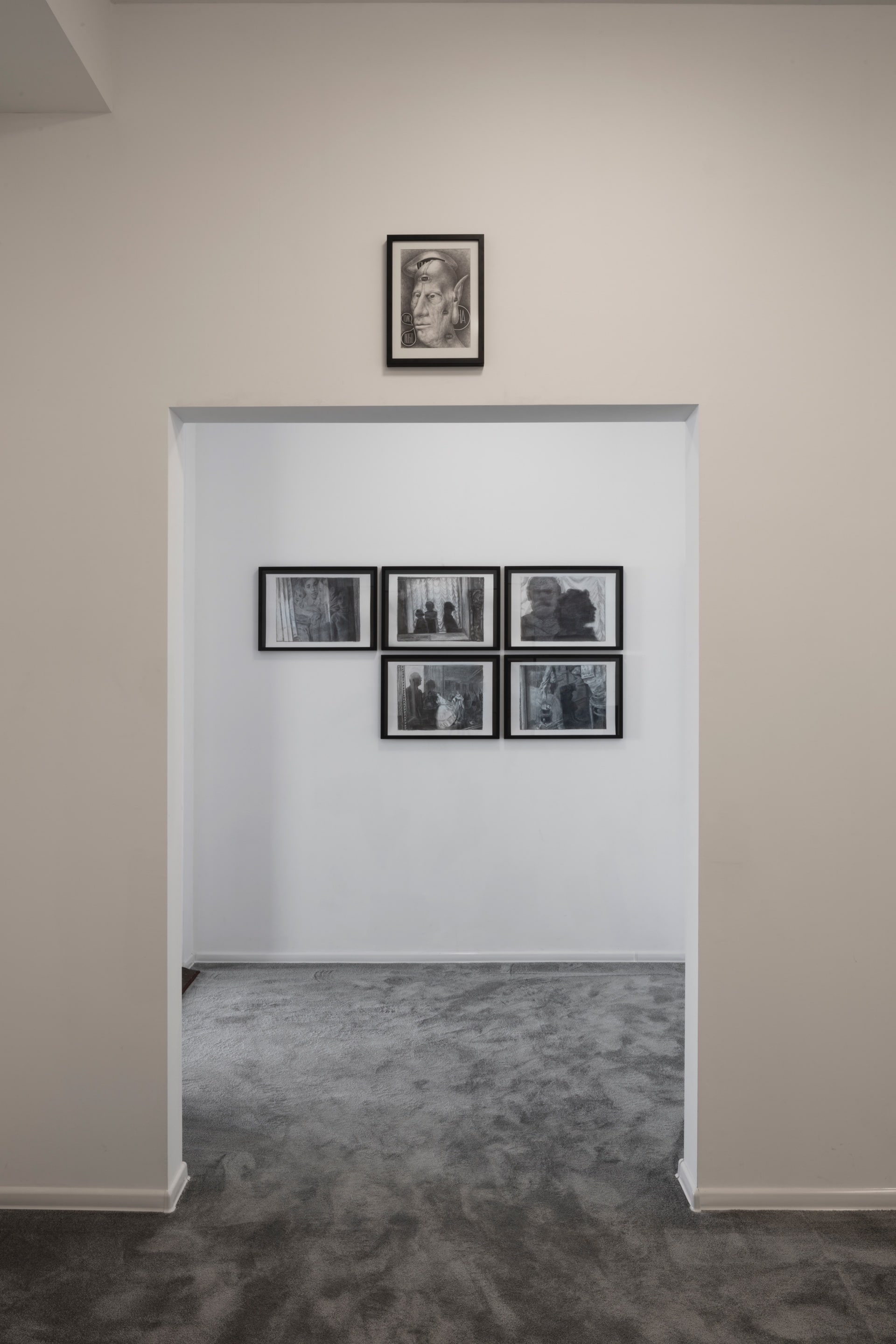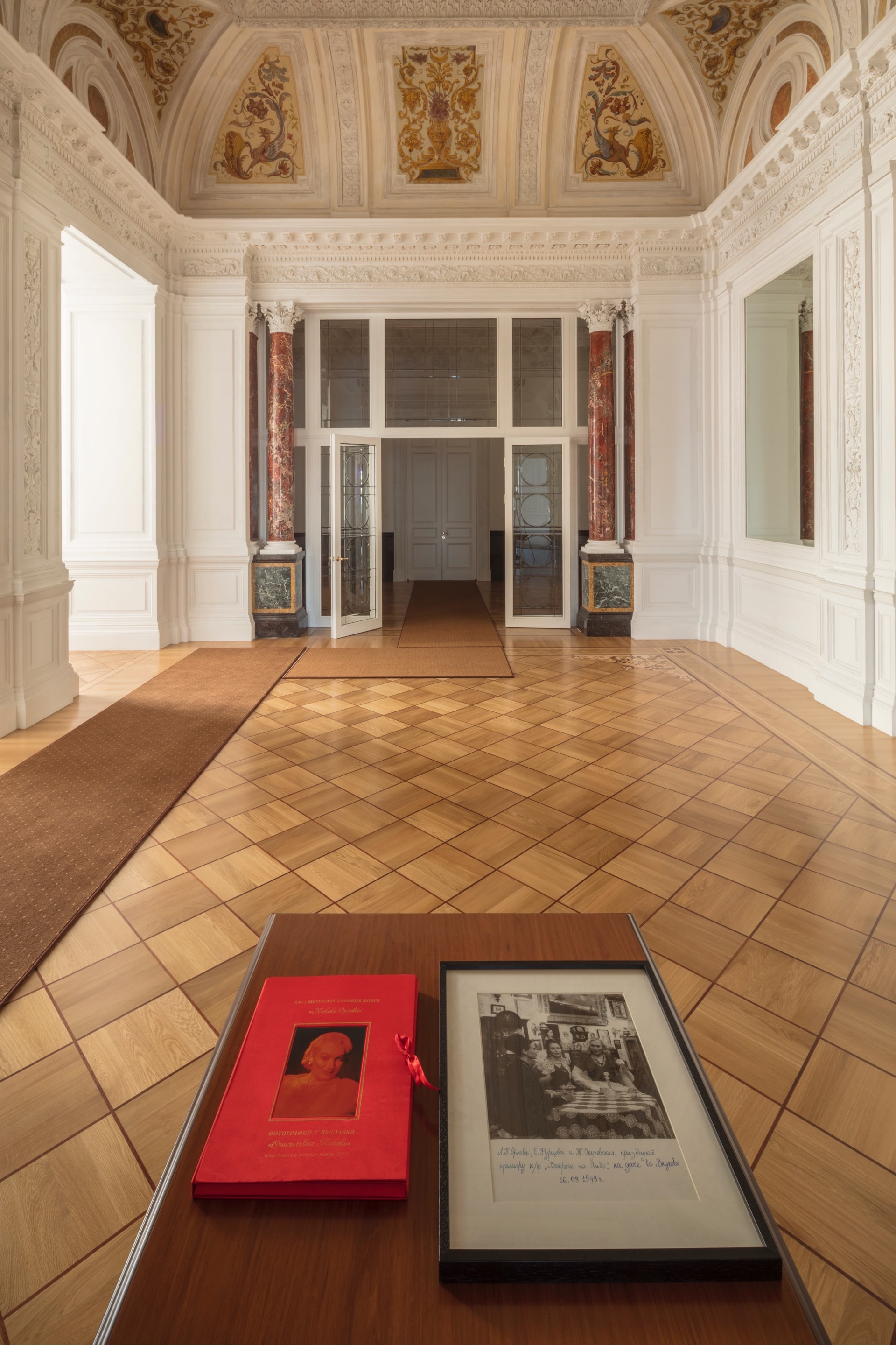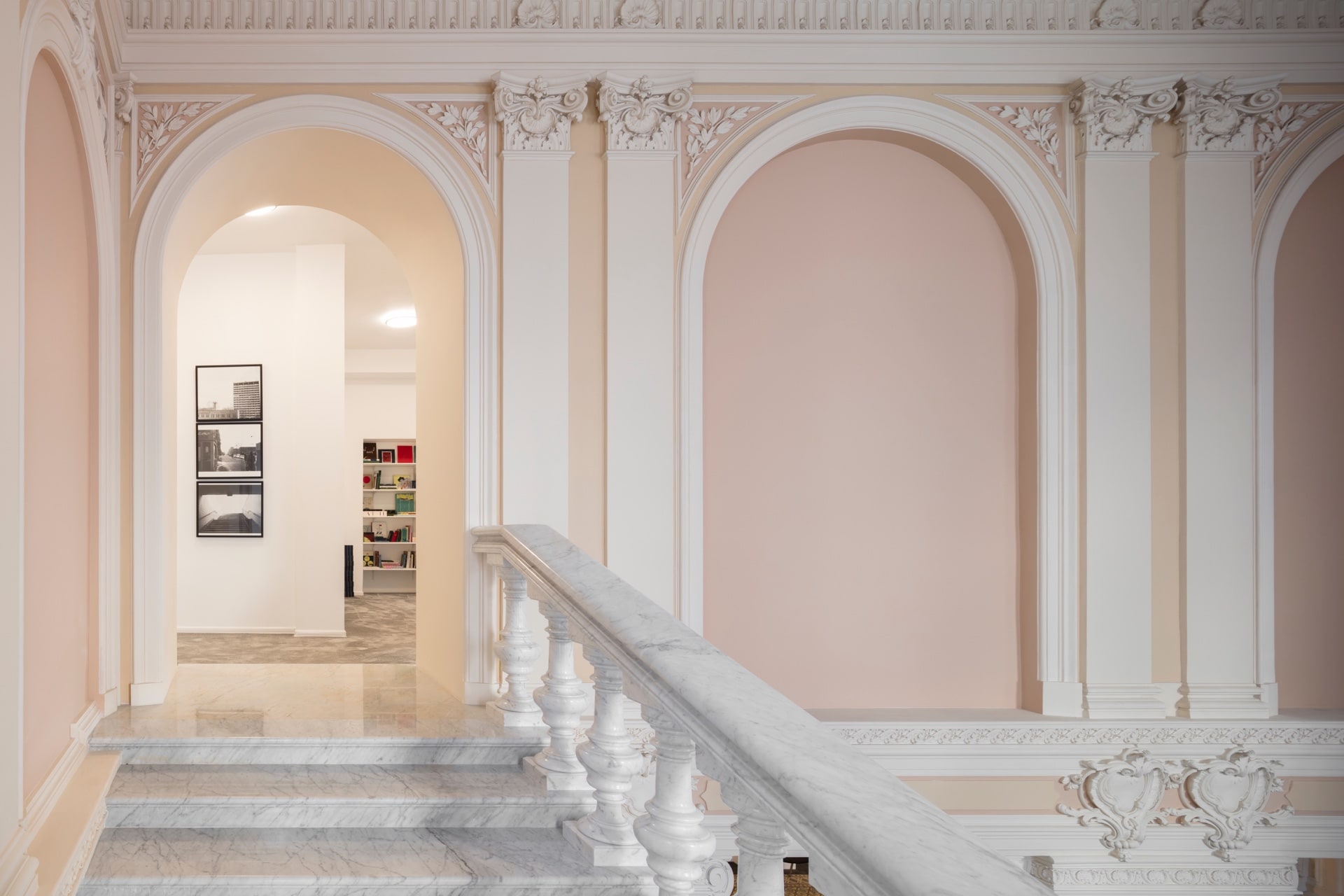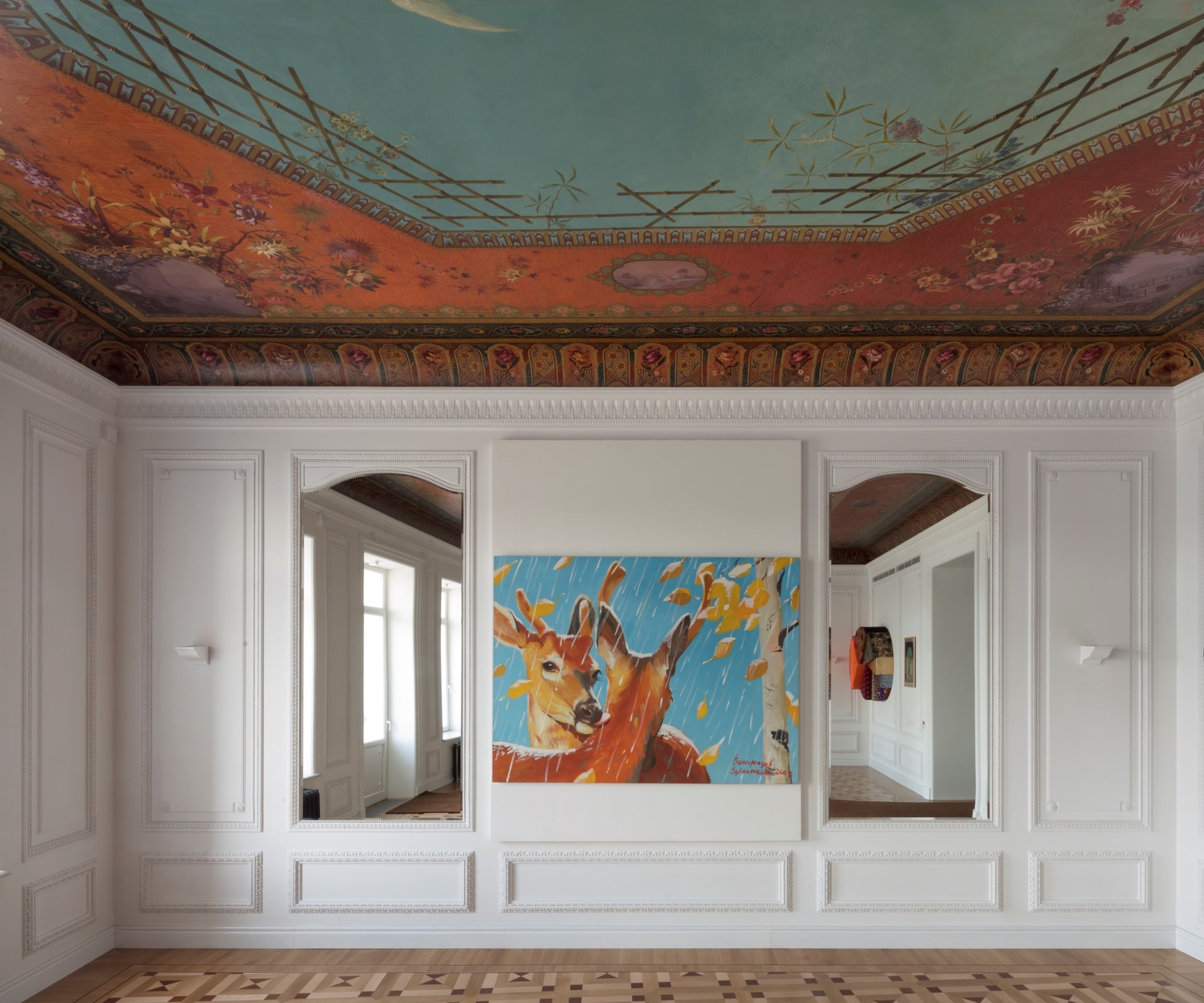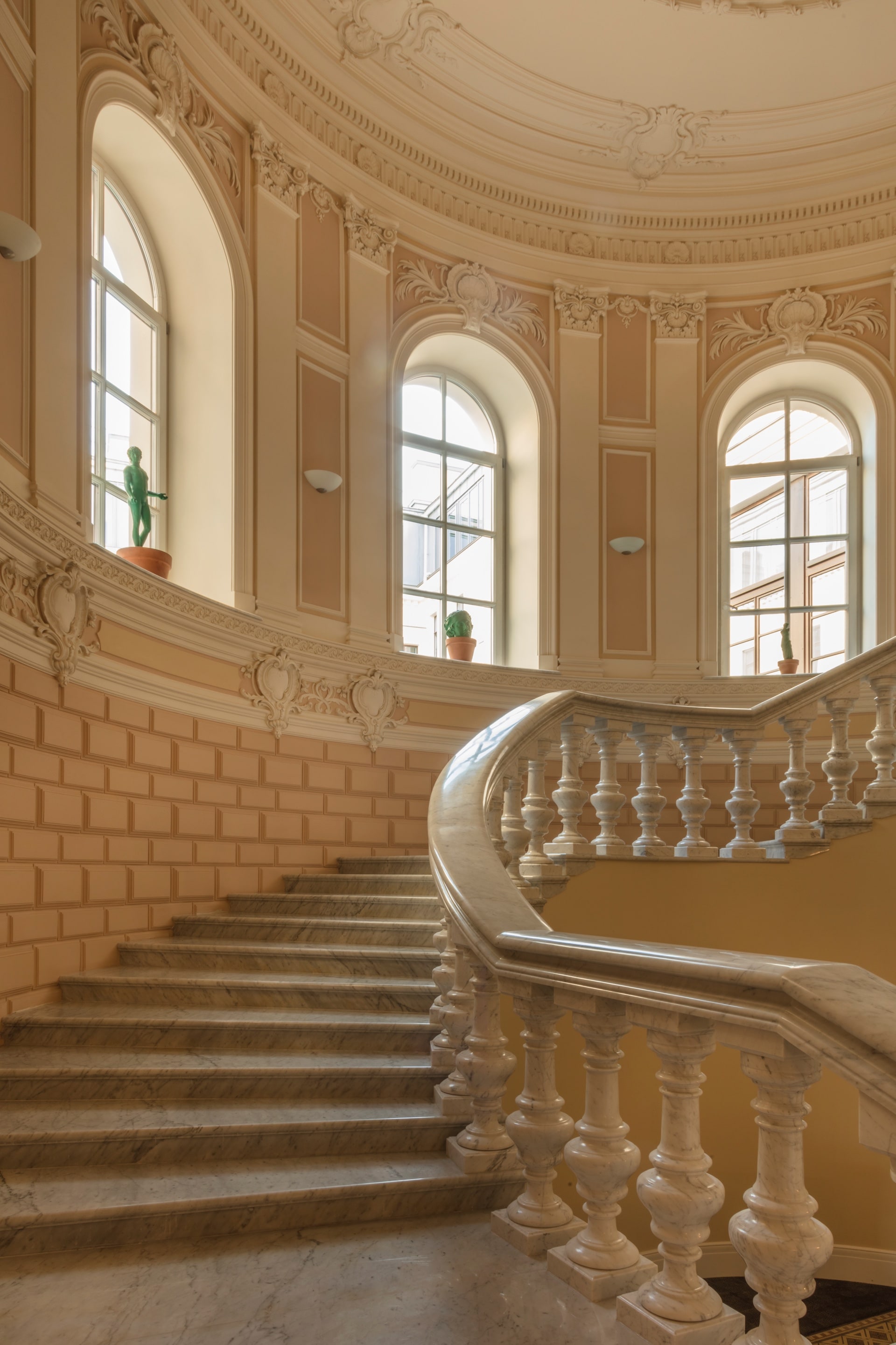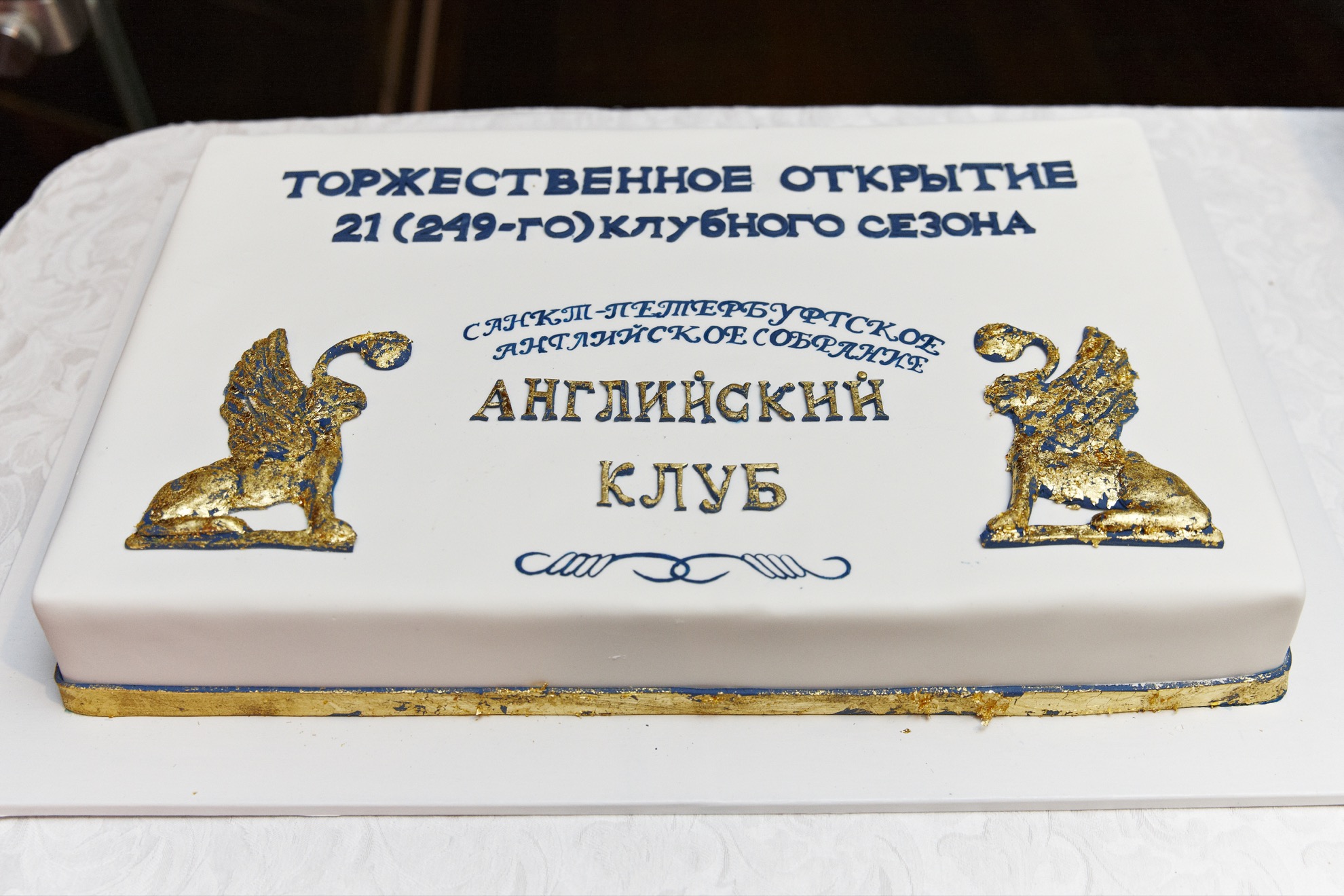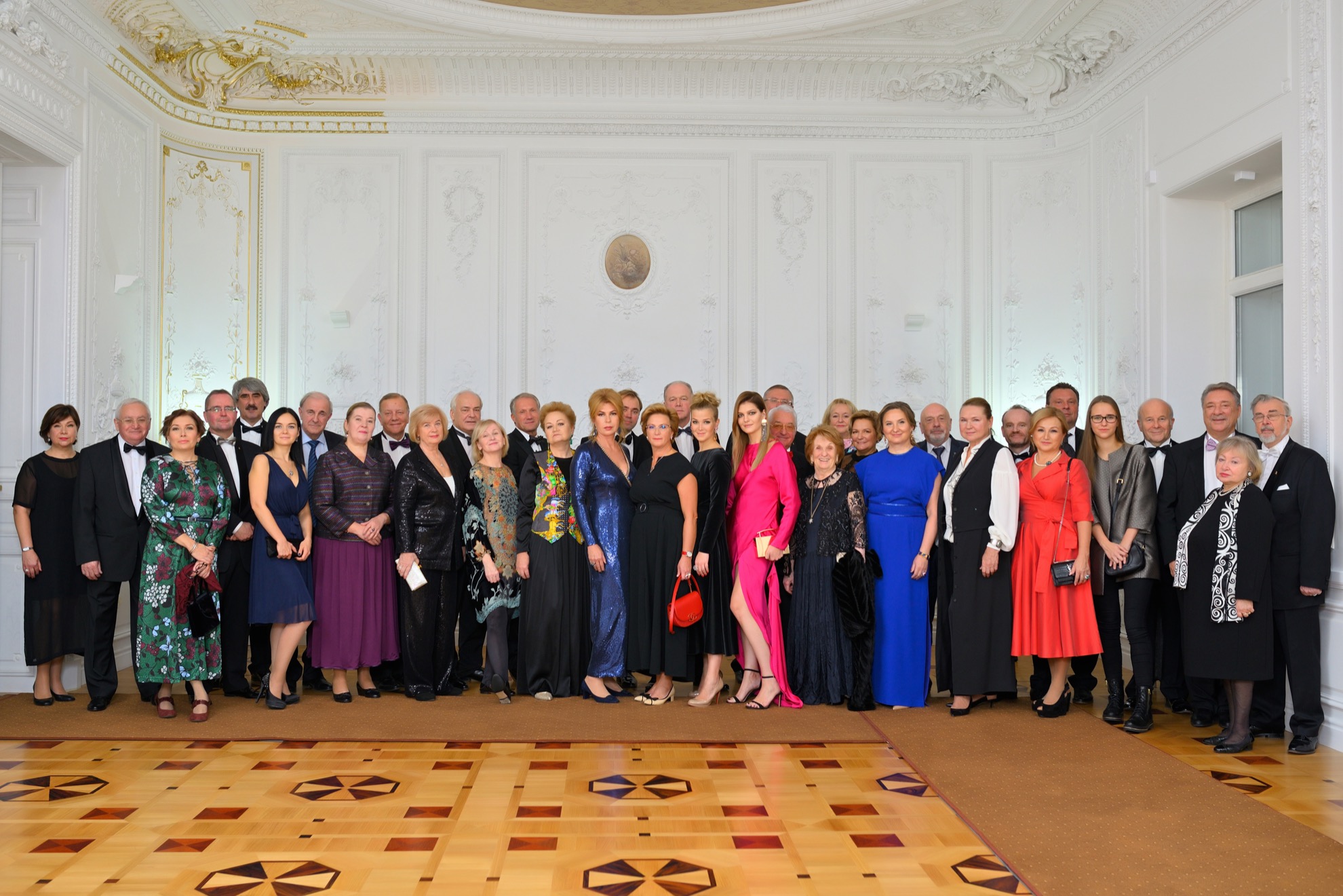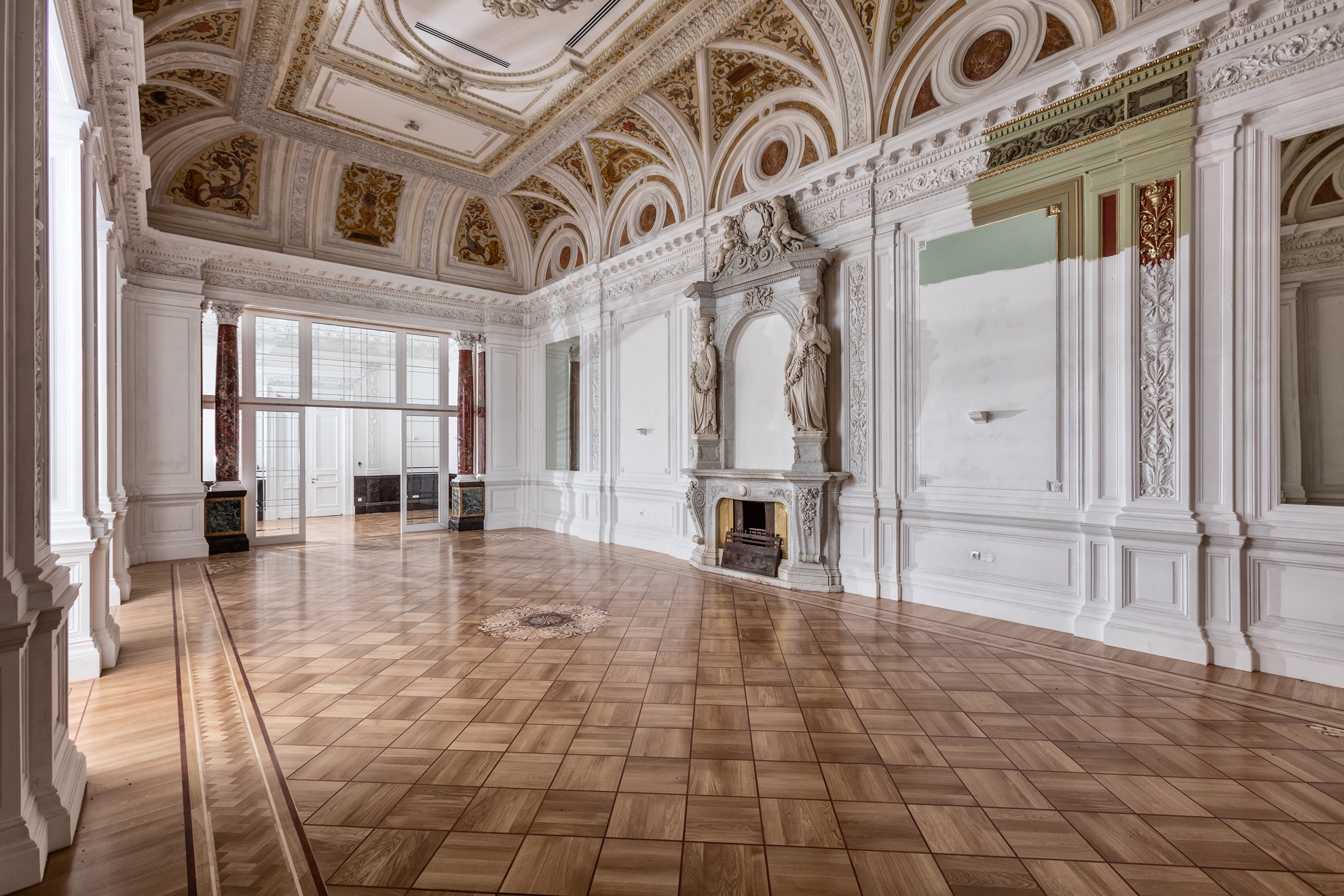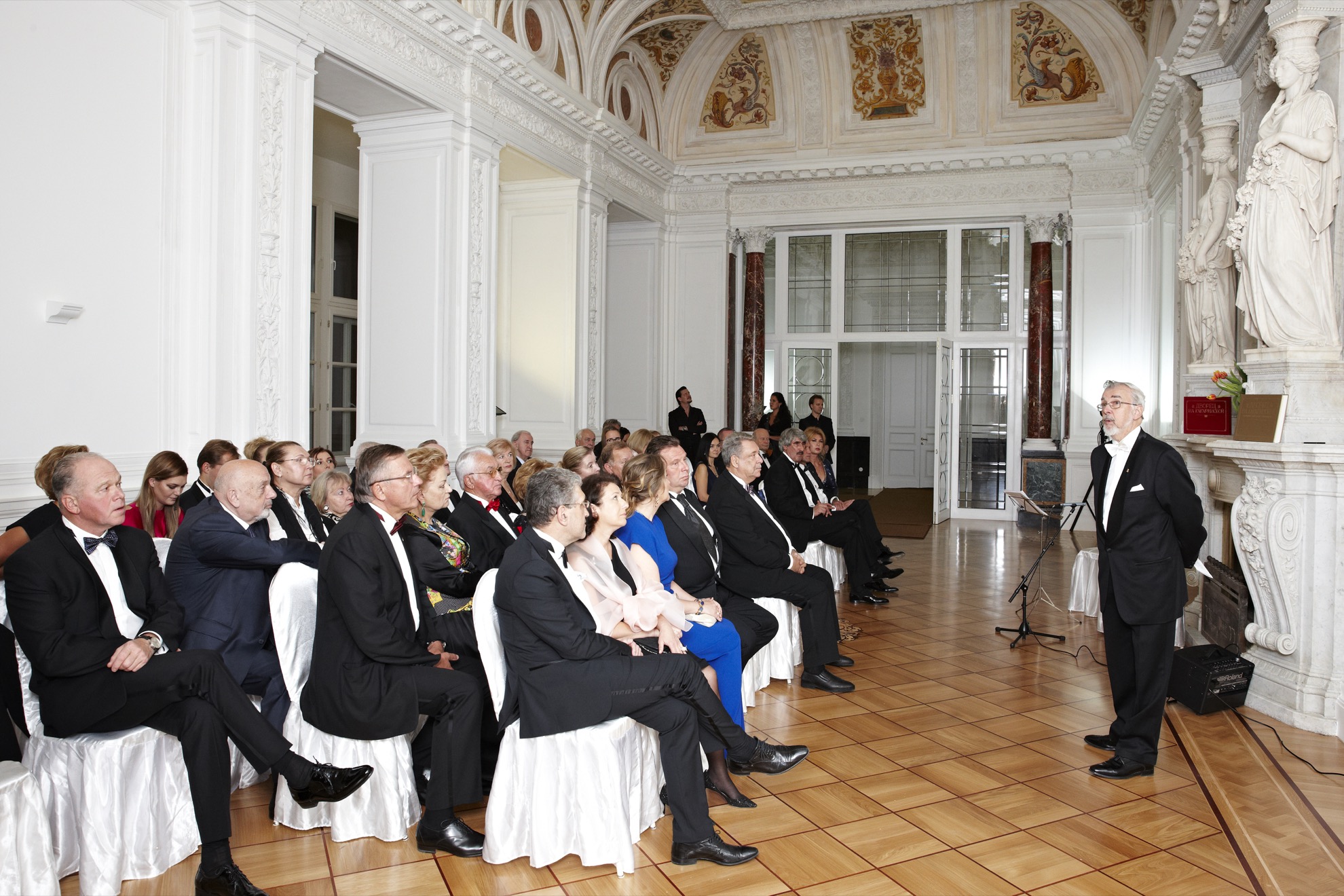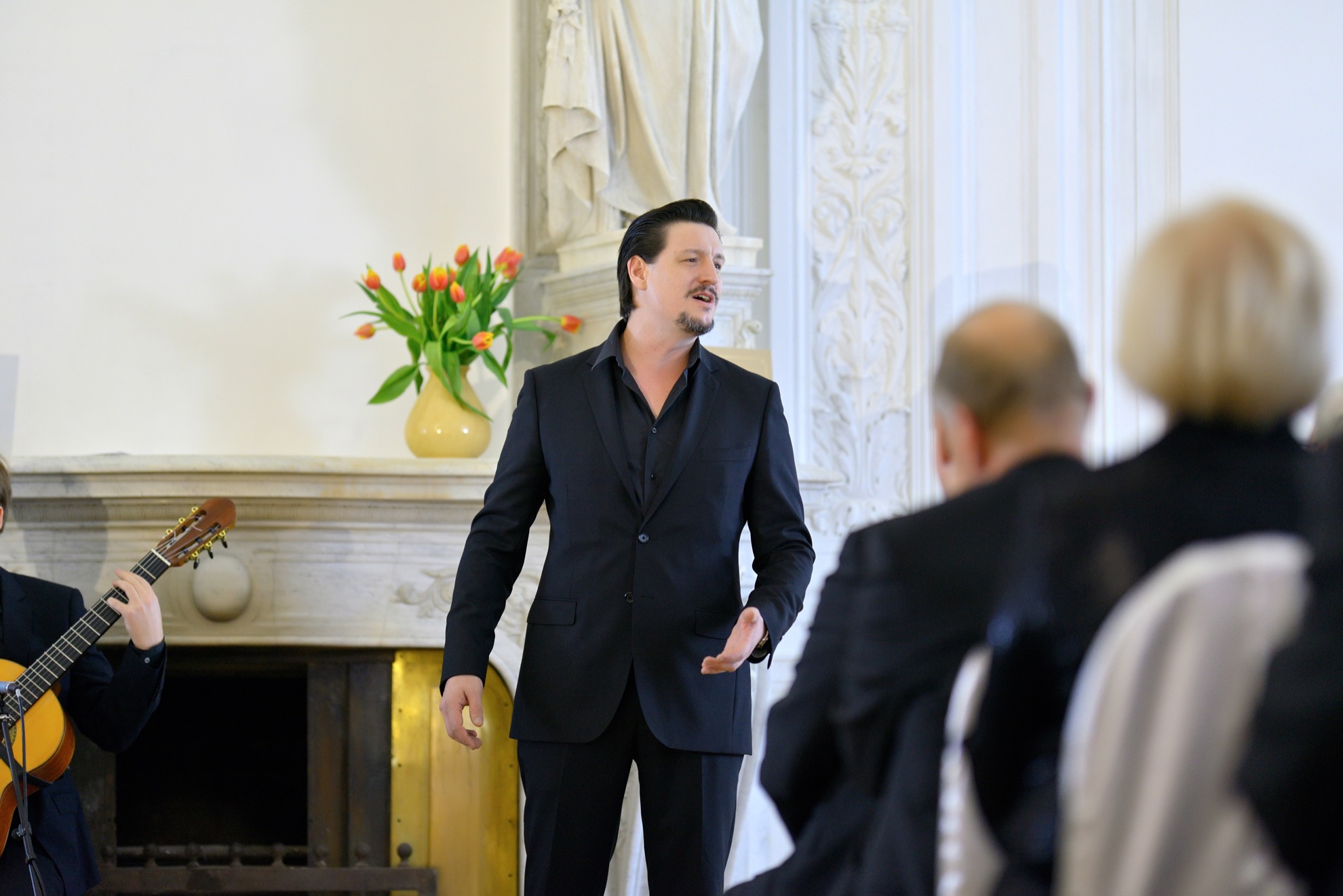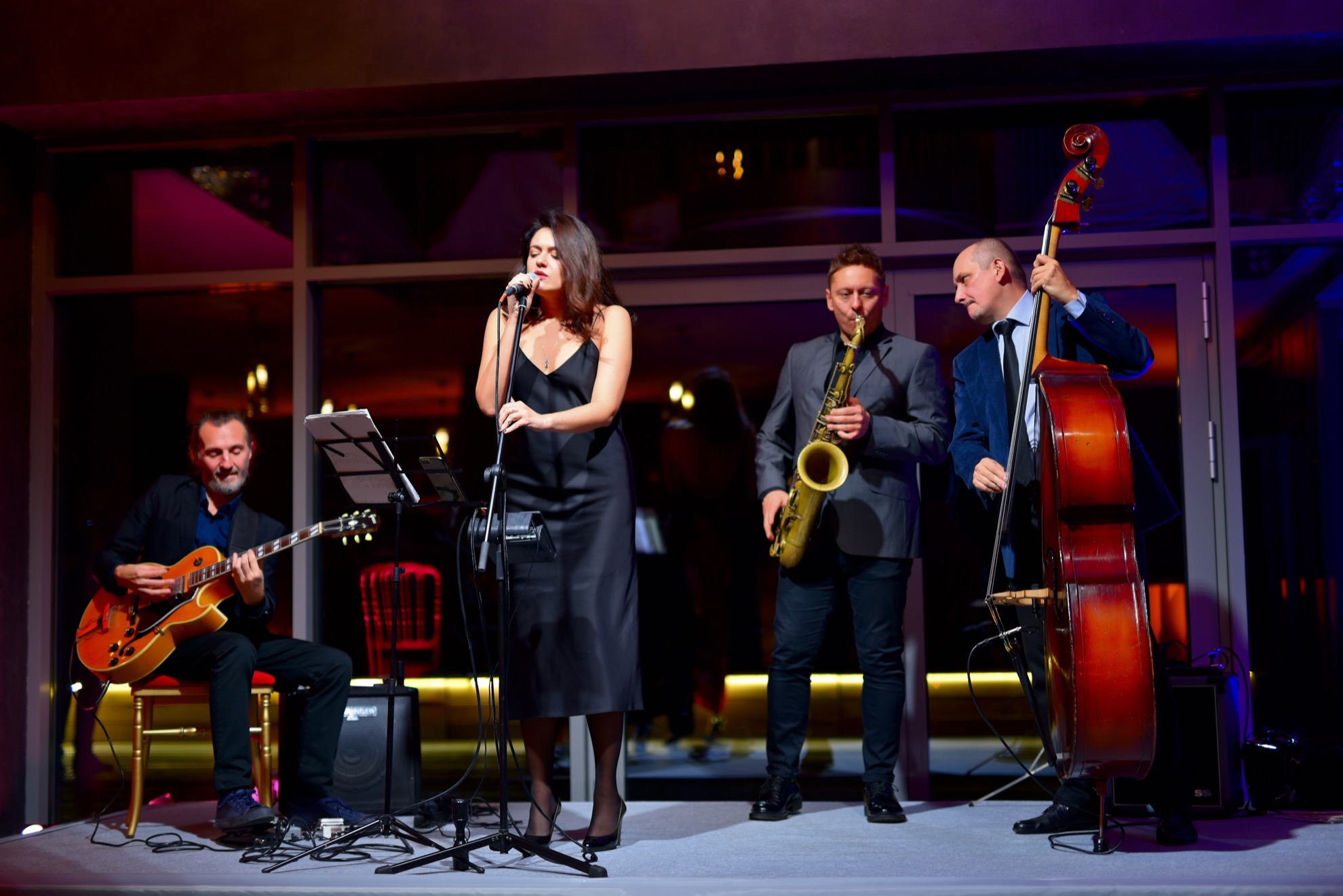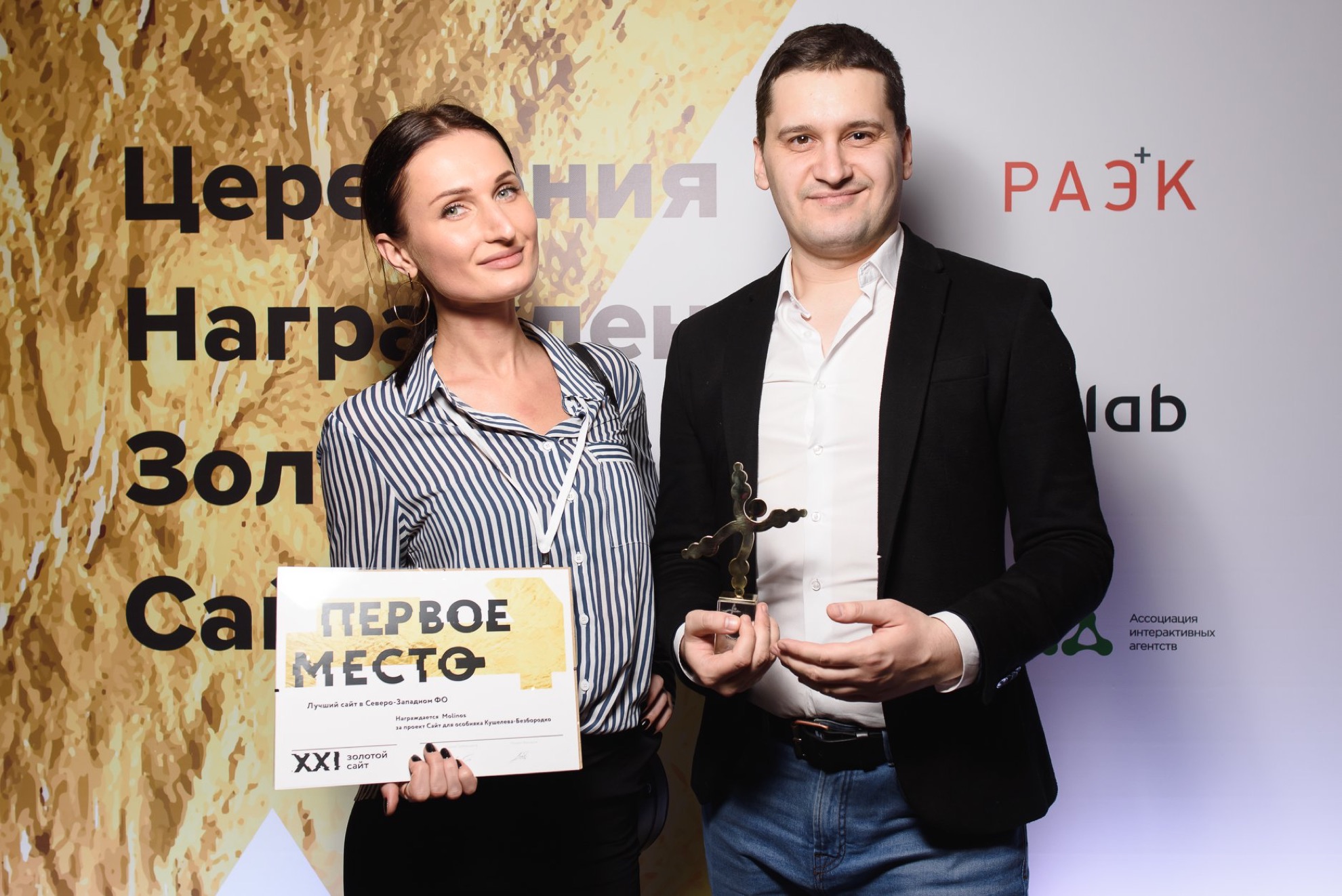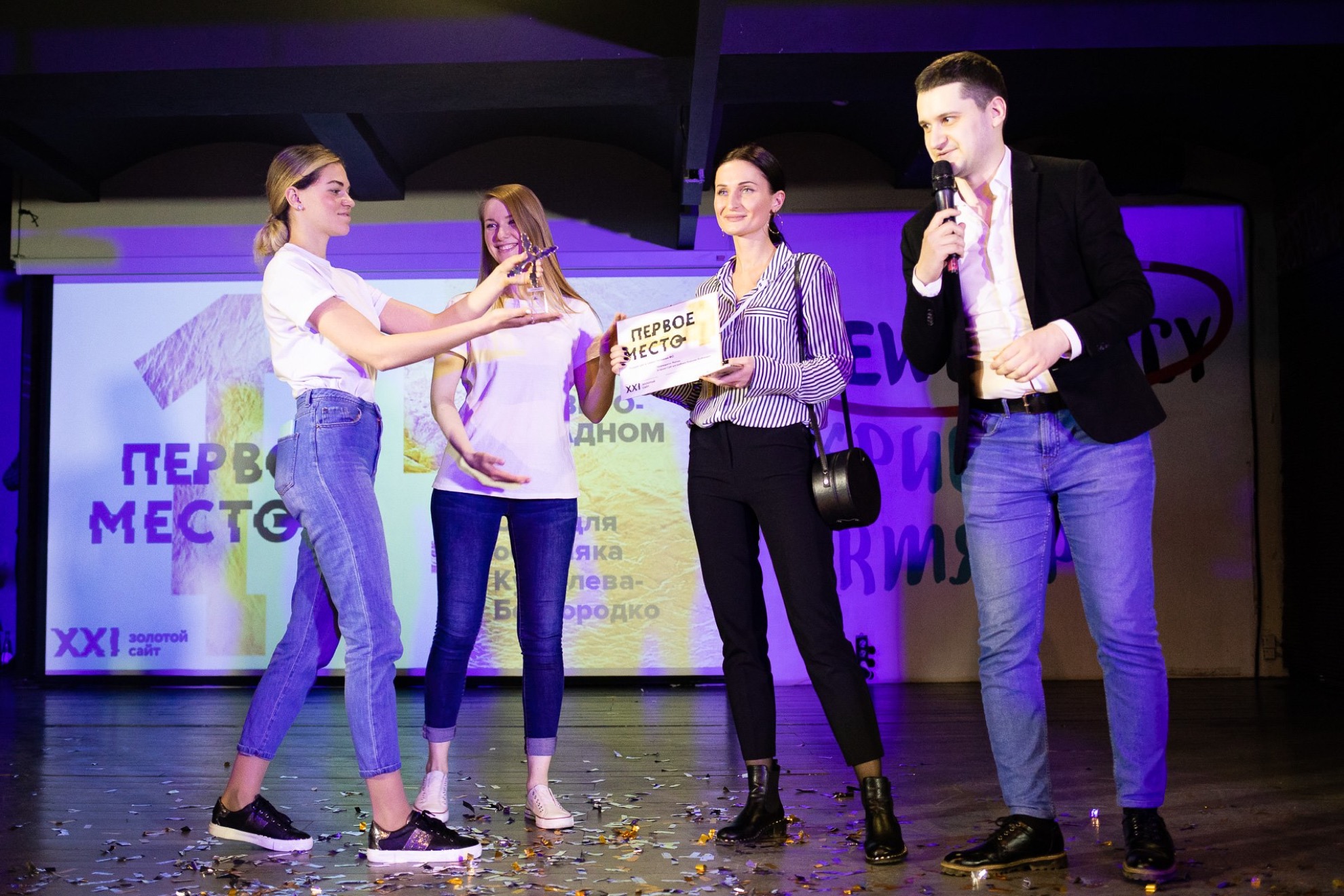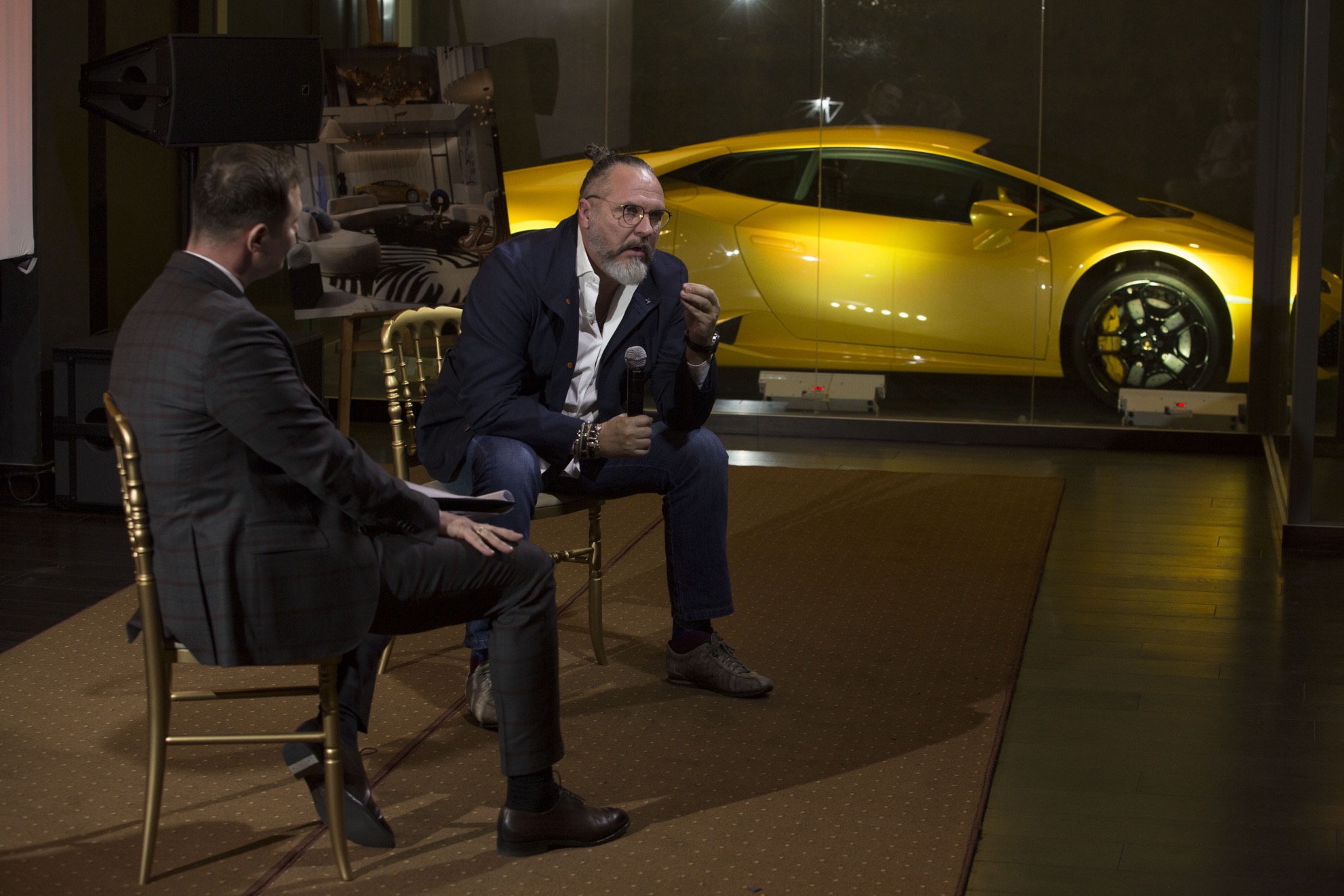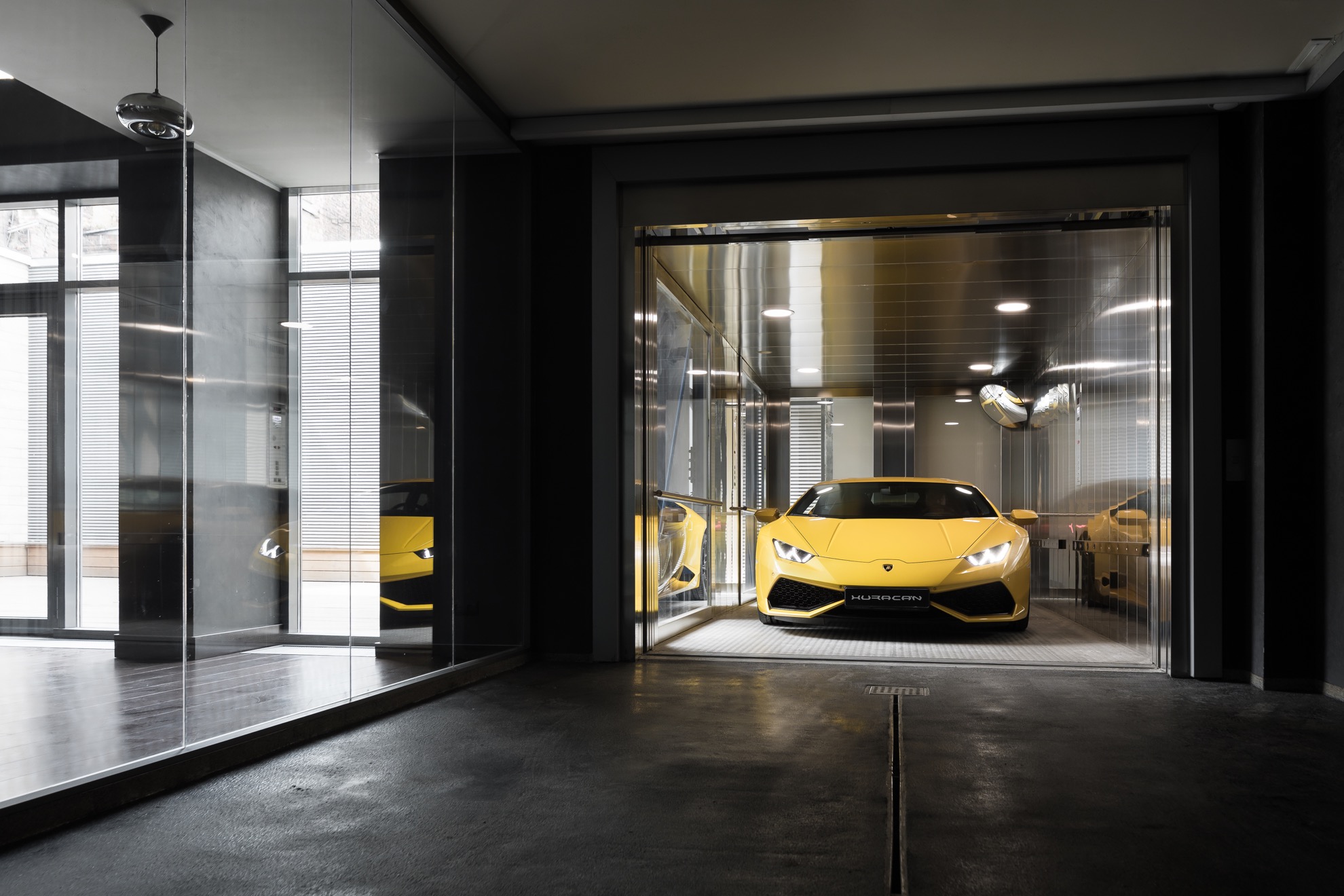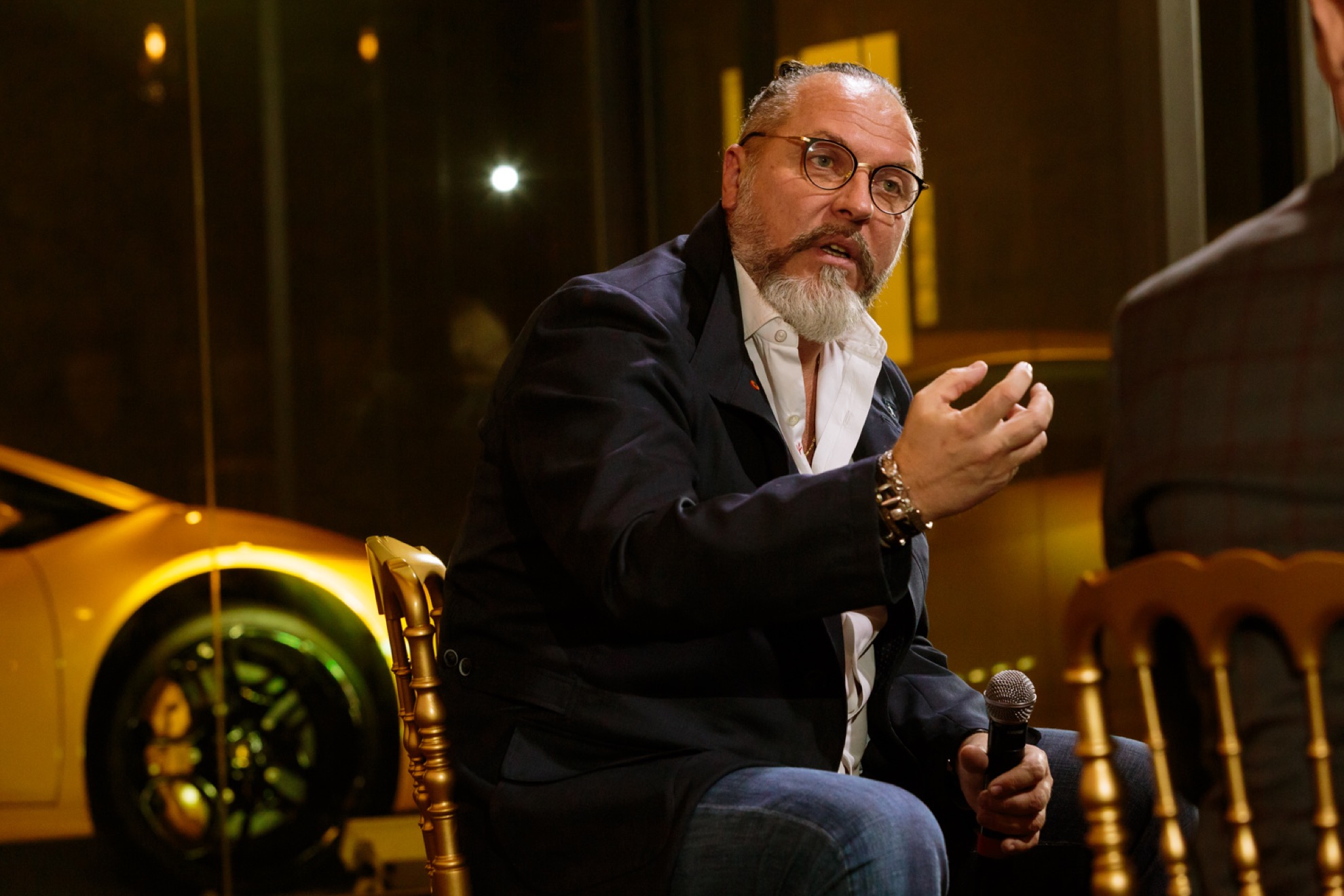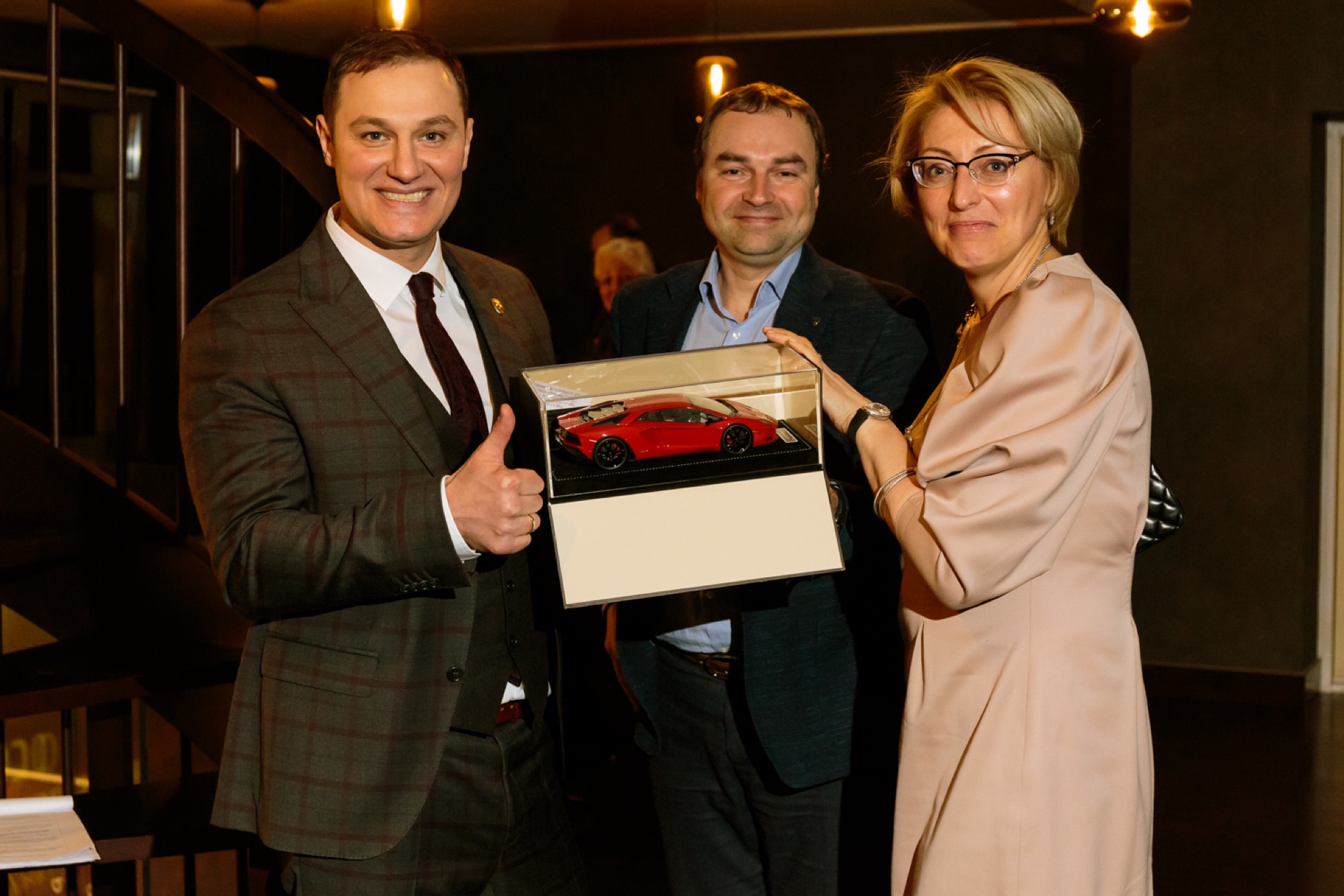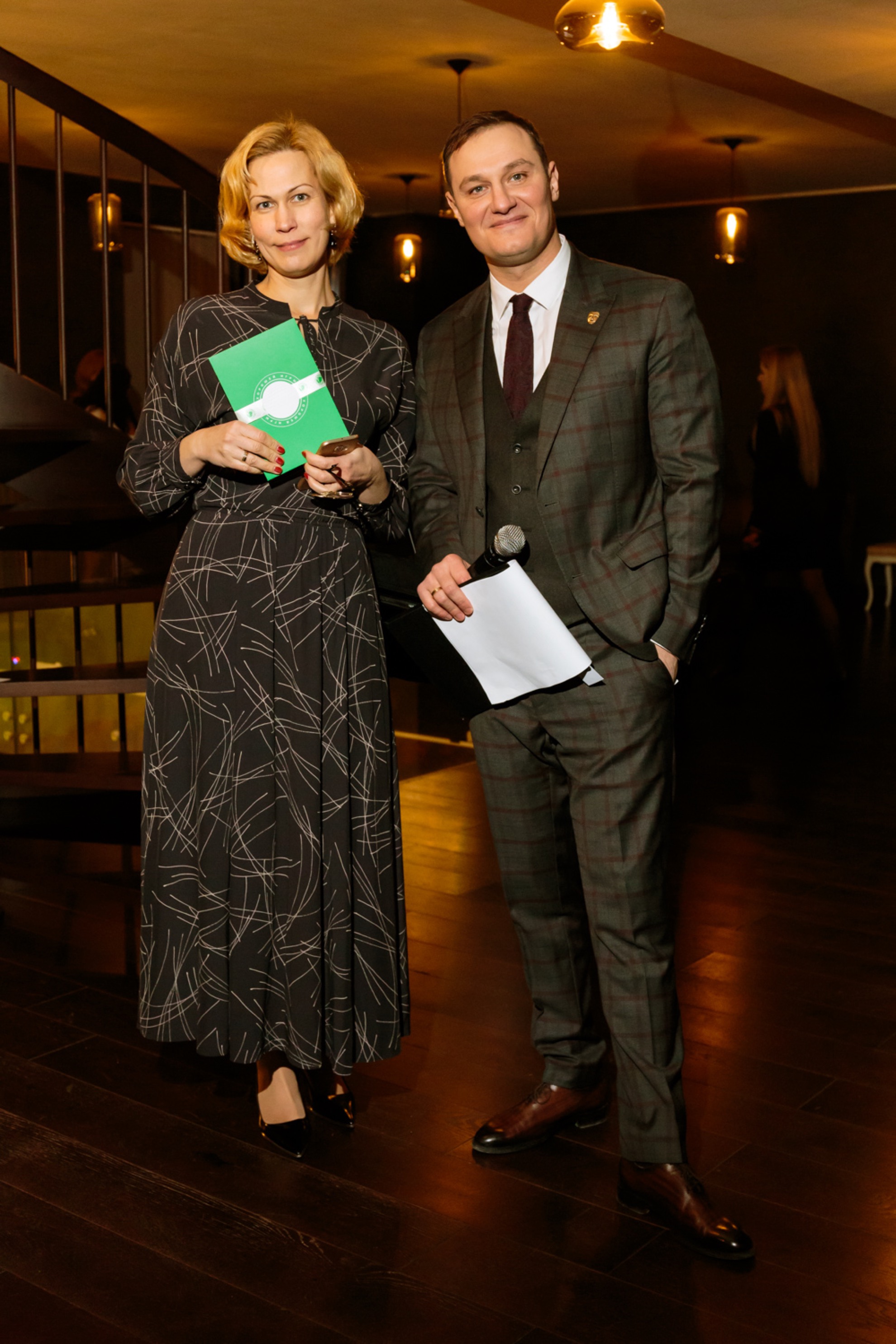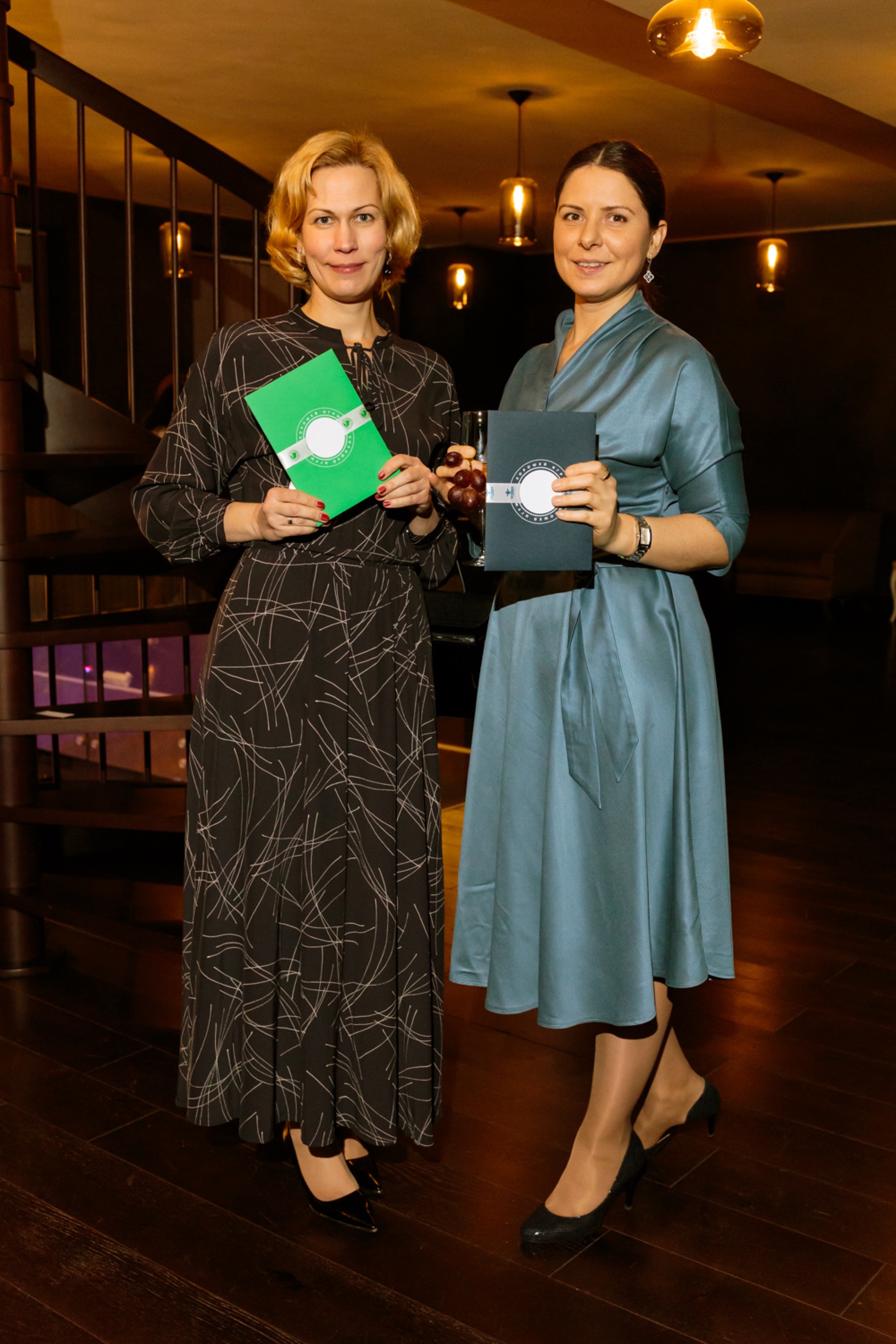A Mansion Block of 29 apartments and suites in St Petersburg within 200 meters (0.12 miles) of the Summer Garden.
Over the centuries the owners of the Kushelev-Bezborodko Mansion were all representatives of famous aristocratic dynasties as well as the ruling Romanov dynasty members. Today the fully restored building is a mansion block of 29 apartments where every resident can inscribe their own address into its history.
Backstage photograph from location: filming The Kushelev-Bezborodko Mansion. A Historic Residence.
The Film
Yury Grymov, who directed the film, revives the right imagery of the old owners and guests of the historic residence, its aristocratic atmosphere, and takes one on through the different ages to reflect the history of the country.
When shooting this short film I focused on the personal lives of the residents of the Kushevel-Bezborodko Mansion, moving, as you do, on through the coutry's historical periods. The new owner, without a doubt, will write their own page in the history of Russia and carry on the extended pedigree of great families who called this Mansion their home.

director of the film 'Kushelev-Bezborodko Mansion. A Historic Residence'.
Backstage from 'location'
Backstage photograph from location: filming The Kushelev-Bezborodko Mansion. A Historic Residence.
Count Cagliostro, legendary mystic and adverturer, was, late in the 18th century, a lodger in one of the apartments.
Backstage from 'location'
Backstage photograph from location: filming The Kushelev-Bezborodko Mansion. A Historic Residence.
The first owner of the Mansion was Count A. G. Kushelev-Bezborodko, patron of the arts and statesman.
Backstage from 'location'
Backstage photograph from location: filming The Kushelev-Bezborodko Mansion. A Historic Residence.
The A. G. Kushelev-Bezborodko Mansion was one of the cultural centres of the capital.
Backstage from 'location'
Backstage photograph from location: filming The Kushelev-Bezborodko Mansion. A Historic Residence.
The owners arranged regular musical soirees. Henriette Sontag, a German opera singer.
Backstage from 'location'
Backstage photograph from location: filming The Kushelev-Bezborodko Mansion. A Historic Residence.
The Russian literary figure and composer G. A. Kushelev-Bezborodko inherits the palace on the embankment.
Backstage from 'location'
Backstage photograph from location: filming The Kushelev-Bezborodko Mansion. A Historic Residence.
The famous poet Sergei Yesenin was one of the lodgers in 1924.
Backstage from 'location'
Backstage photograph from location: filming The Kushelev-Bezborodko Mansion. A Historic Residence.
The merchant A. G. Yeliseev is the last owner of the mansion before Soviet times.
Backstage from 'location'
Backstage photograph from location: filming The Kushelev-Bezborodko Mansion. A Historic Residence.
In the 1920s the mansion was the home of the 'Eccentric Actors' Factory' set up by the renowned film directors G. M. Kozintsev and L. Z. Trauberg.
Backstage from 'location'
Backstage photograph from location: filming The Kushelev-Bezborodko Mansion. A Historic Residence.
The mansion's owner-to-be, leading character of the film, played by V. Simonov.
Backstage from 'location'
Backstage photograph from location: filming The Kushelev-Bezborodko Mansion. A Historic Residence.
Director Yu. Grymov and photographer S. Matchilsky preside over the fate of the film by ruling what stays in and what goes out.
More about the project
Over the last few years the mansion has been restored to its former glory. Combining old luxury with the new, the post-Soviet tenement block has been given back its palatial grandeur. The focus of Yury Molodkovets's project is to show how different ages combine, to a unique degree, within one building.
Late in 2008 I found myself in the Kushelev-Bezborodko Mansion at a truly historic moment. The era of Leningrad’s overcrowded communal flats was behind us, and the building was about to be renovated. Today it is an architectural gem of St Petersburg, and my photos - a chronicle of the Mansion’s history.

photographer, member of Designers' Union and Artists' Union of Russia
St Petersburg is a living encyclopedia of the history of architecture. It reveals itself in its facades and interiors. Styles come and go, following the departing generations. The photos by Yuri Molodkovets focus on the interaction of different epochs within one space – through the flow of time.

Russian art critic and exhibition curator
The Changing Epochs Photoproject
Go to Apartment 1 pageGrand circle staircase designed by architect N. Benois. 2008.
The Changing Epochs Photoproject
Go to Apartment 1 pageMarble fireplace with sculptured detail. 2008.
The Changing Epochs Photoproject
Go to Apartment 6 pageDutch wood burning stove of high artistic value. 2008.
The Changing Epochs Photoproject
Go to Apartment 6 pageInteriors. A poster with a popular singer V. Vysotsky. 2008.
The Changing Epochs Photoproject
Go to Apartment 19 pageThe grand portal displaying columns bearing caryatids. 2008.
The Changing Epochs Photoproject
Go to Apartment 19 pageWood burning fireplace featuring varied timbers and stone. 2008.
The Changing Epochs Photoproject
Go to Apartment 19 pageCarved parlour, designed by the architect R.R. von Genrichsen. 2008.
The Changing Epochs Photoproject
Go to Apartment 19 pageDecorative parquet floor with mother-of-pearl inlays. 2008.
Location
- Leisure
- Museum
- Schools
- Museum
Infrastructure
- Wellness Centre
- Vestibule
- Parking
- Engineering
- Facades
Facades
Parking
Wellness Centre
Vestibule
Engineering
Apartments
Loft apartments
Residences
White box
Events
- Gazprombank Collection exhibition
- The English Assembly of St Petersburg
- Hitting Russia's top three Gold Sites
- An Evening with Yuri Grymov
